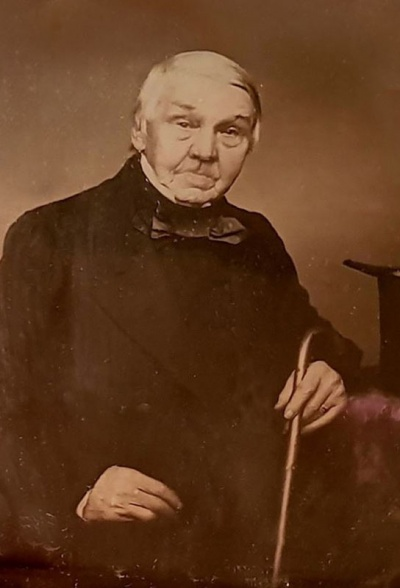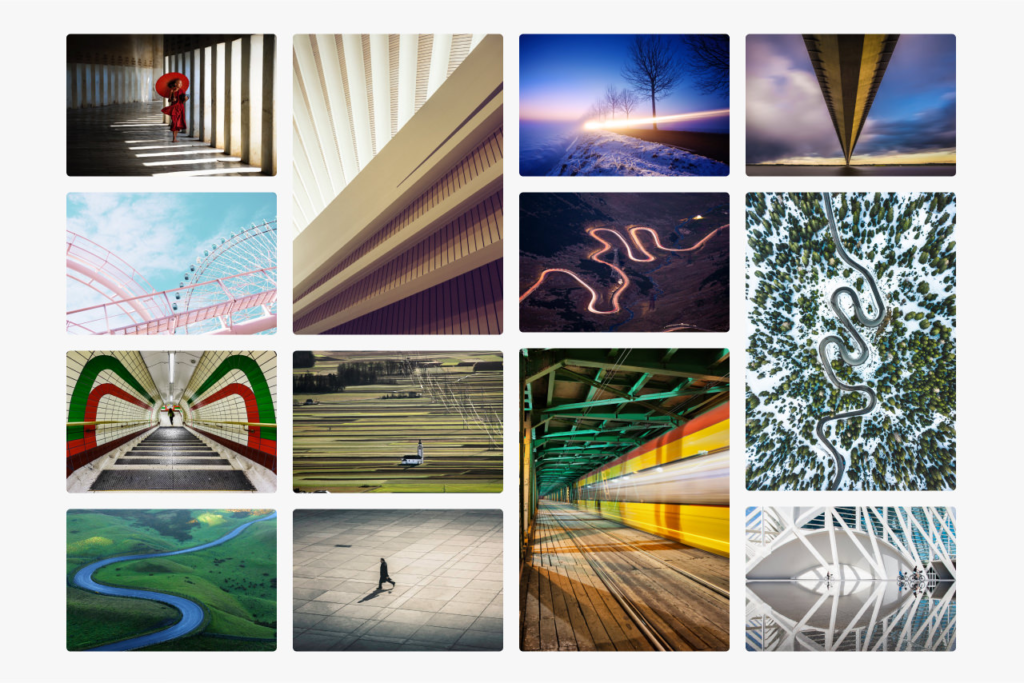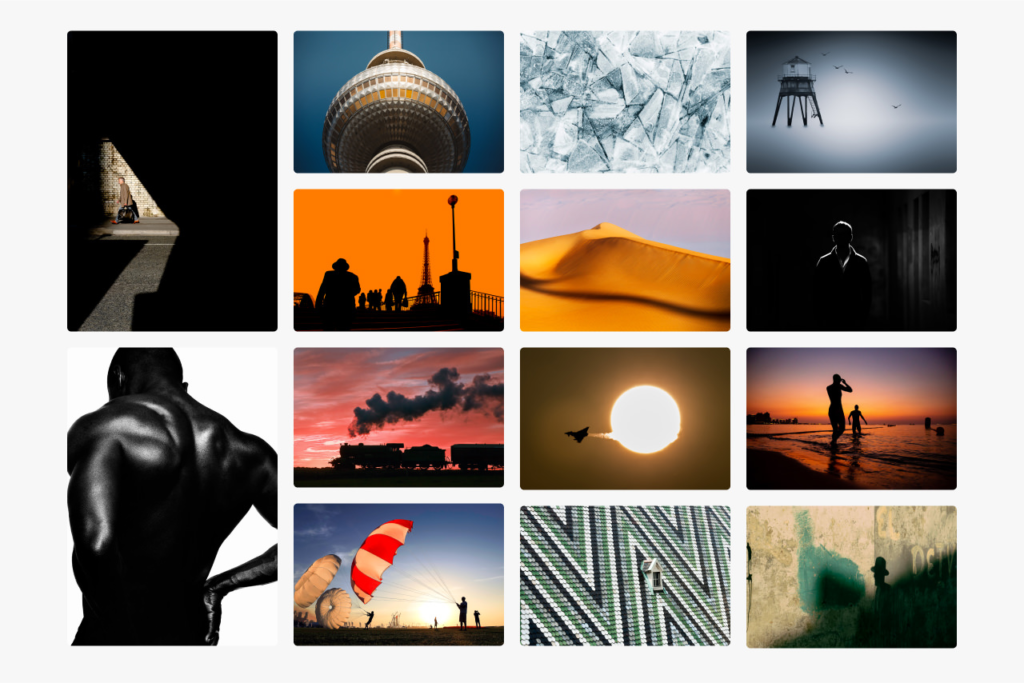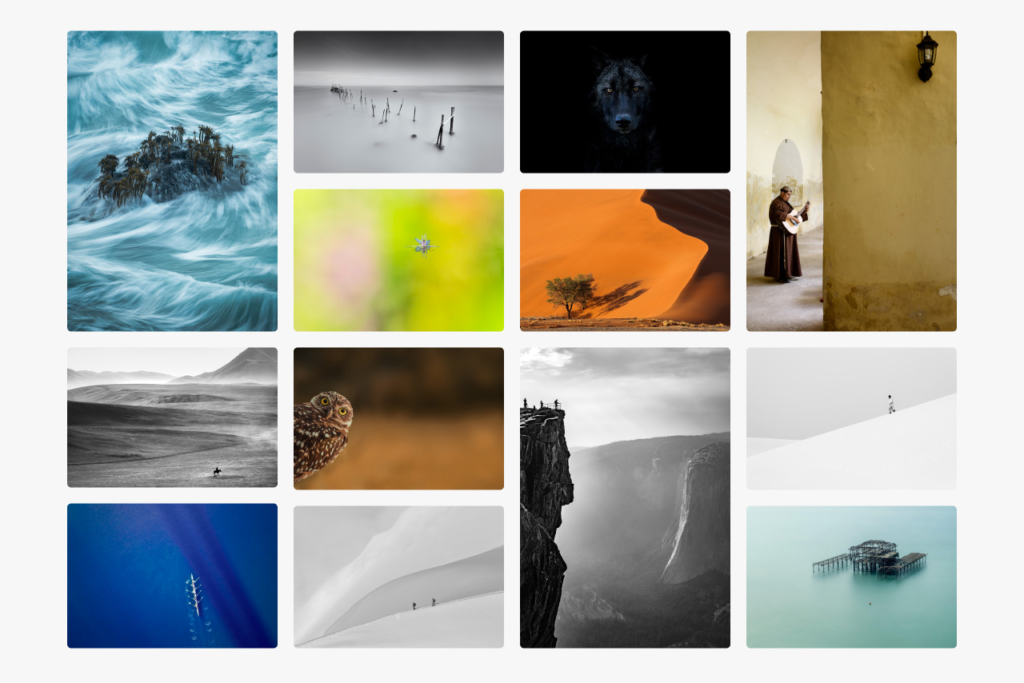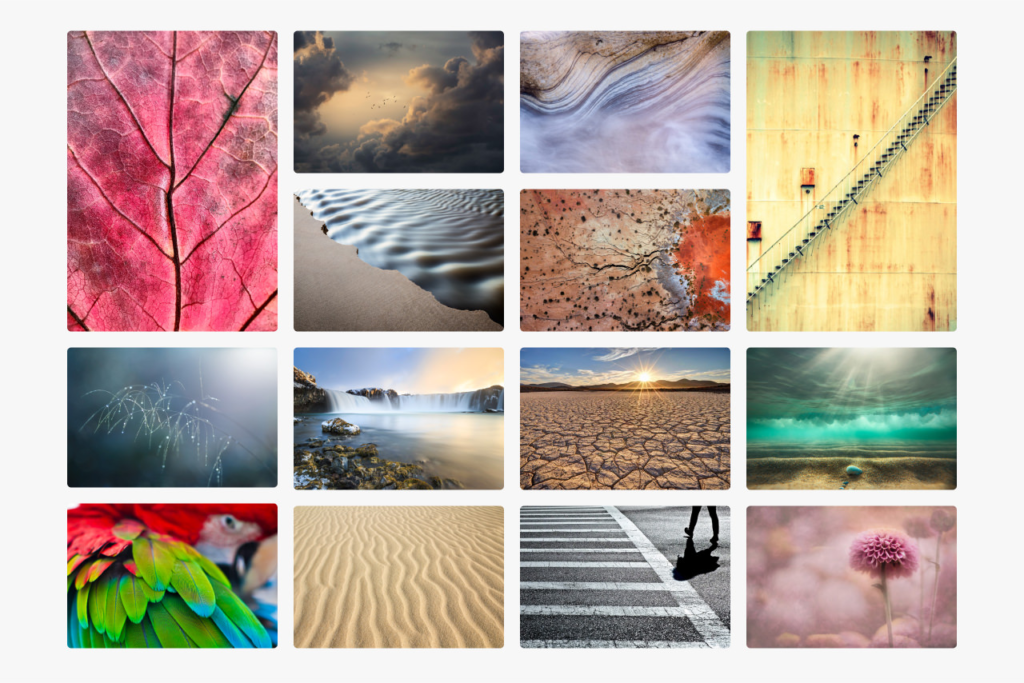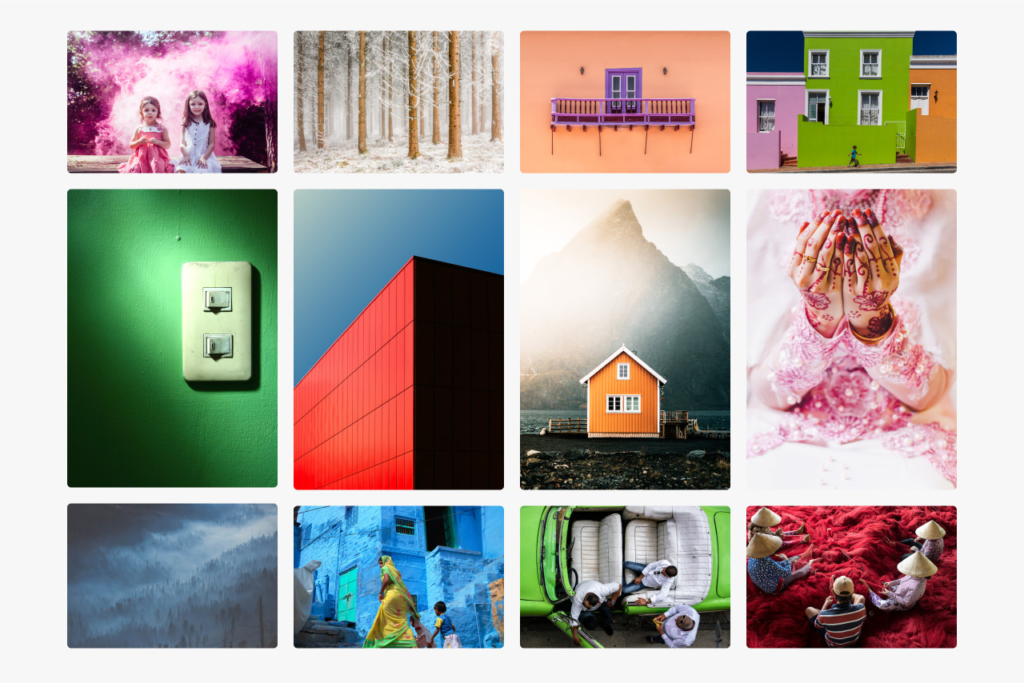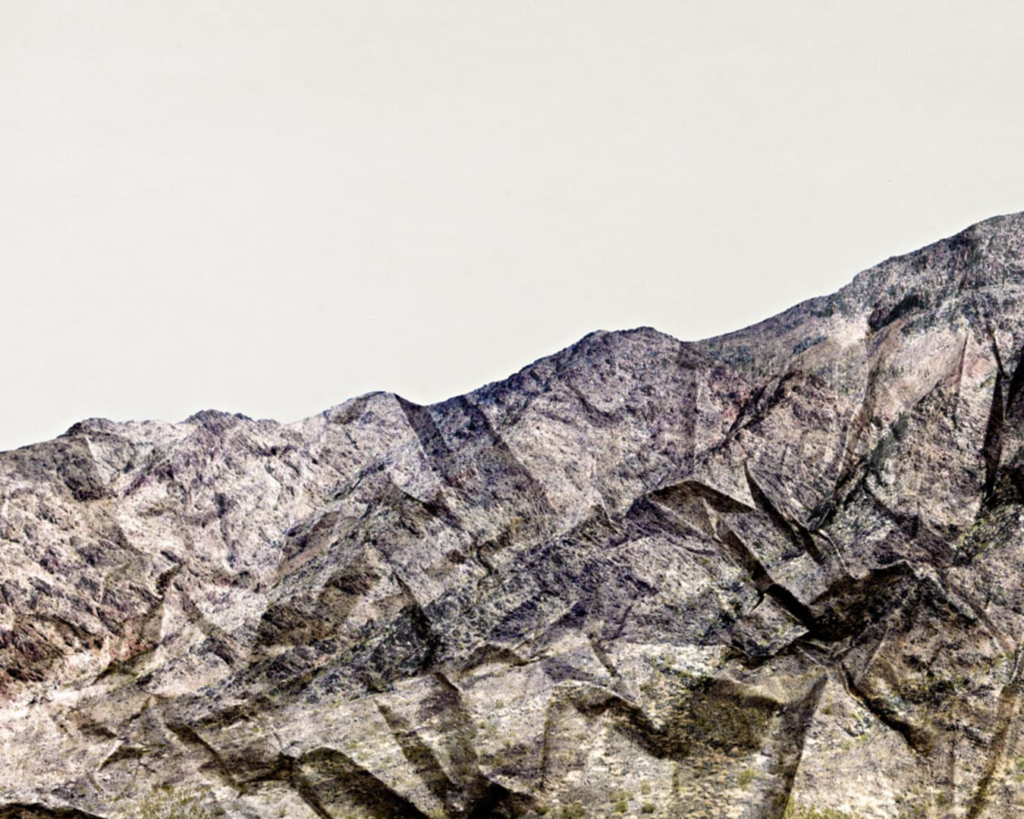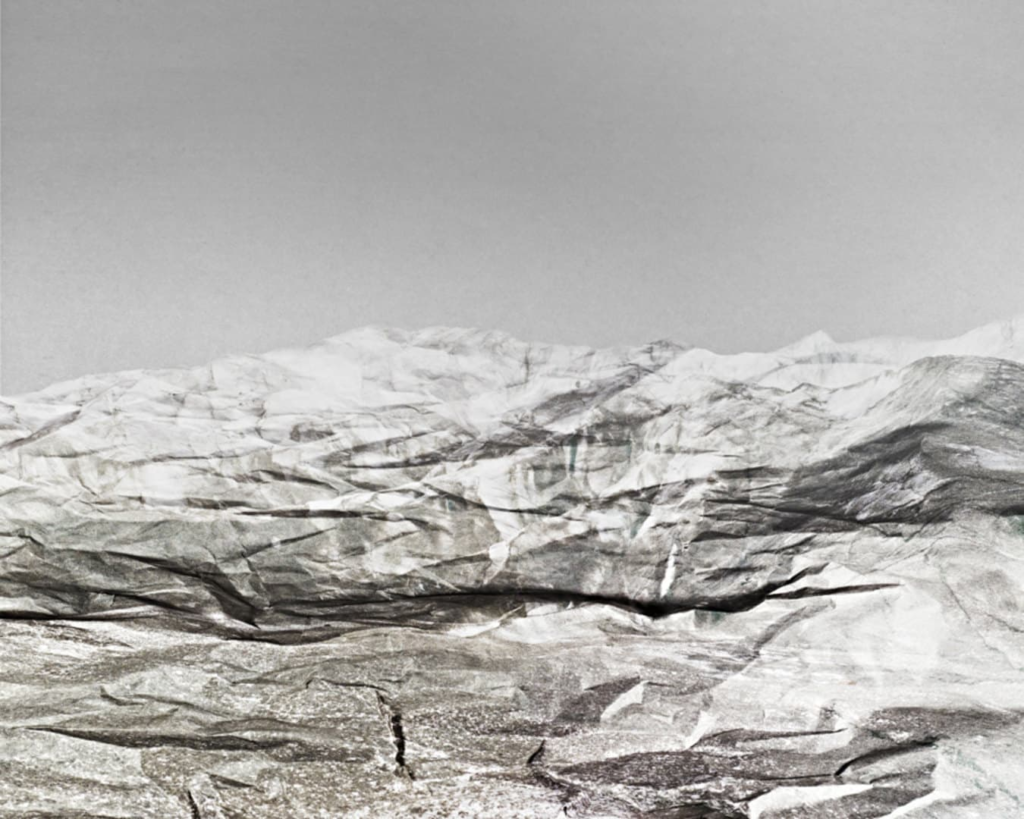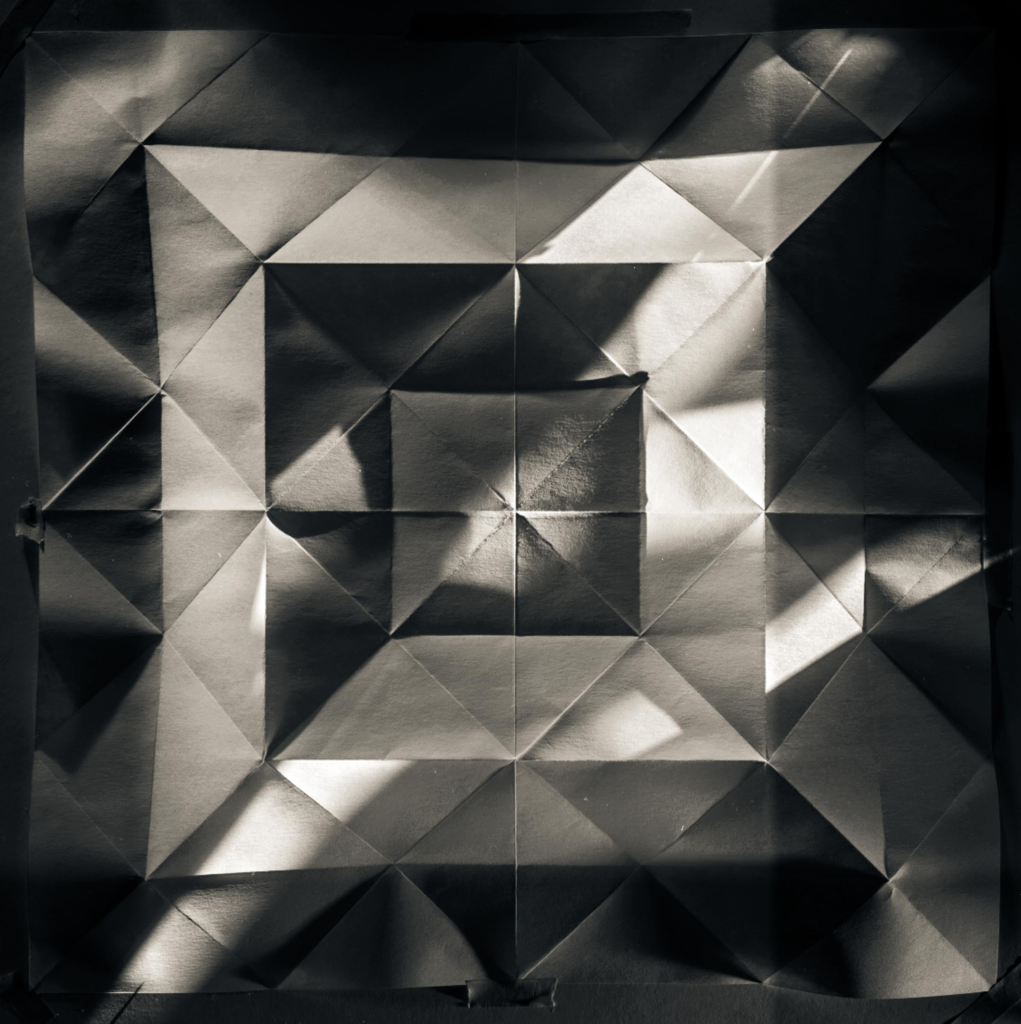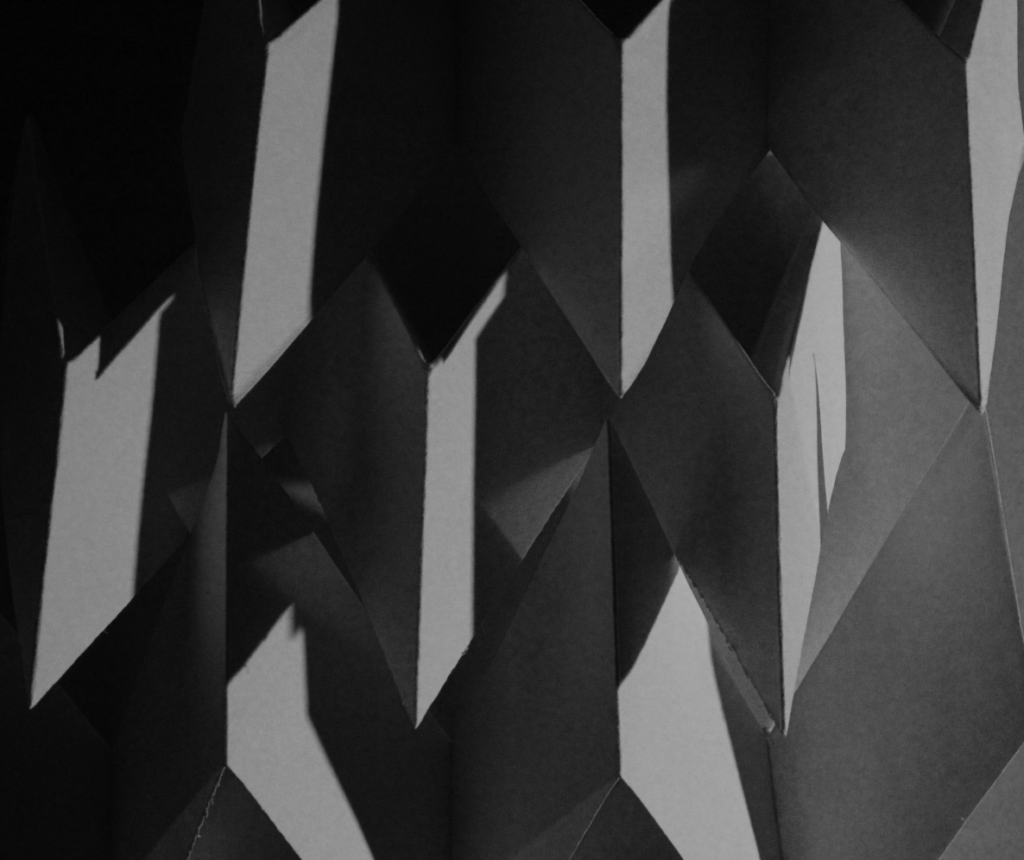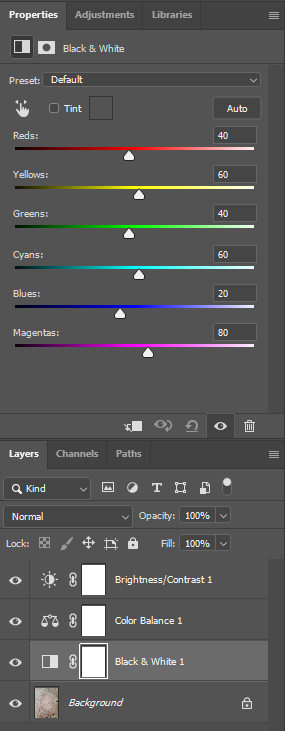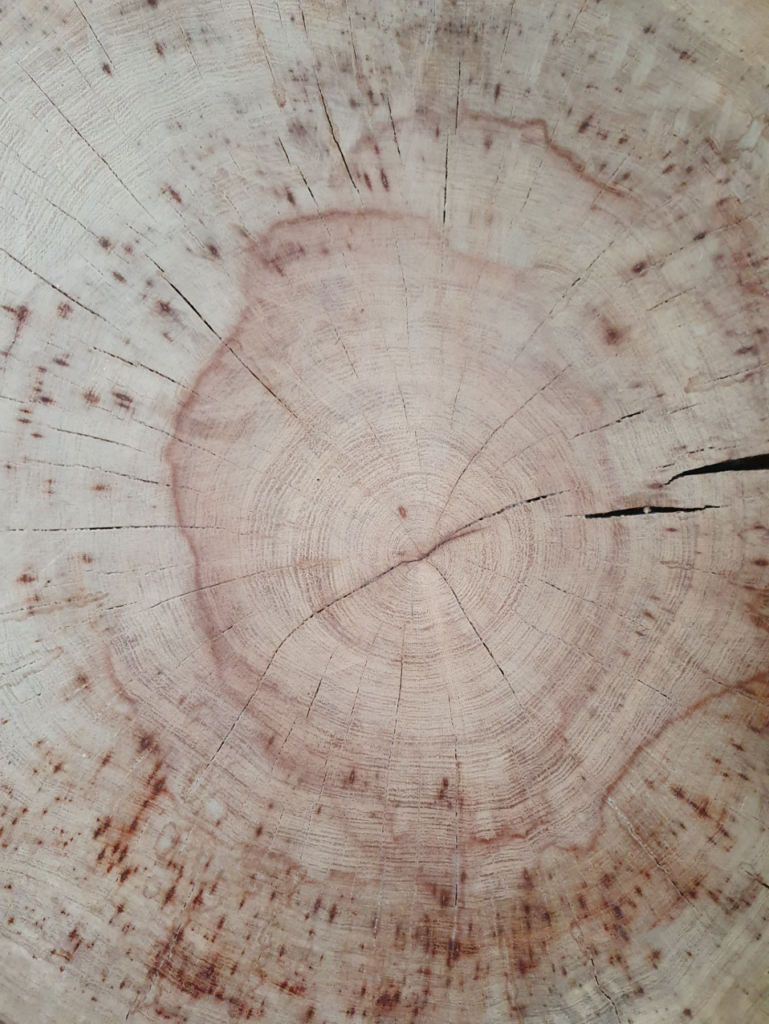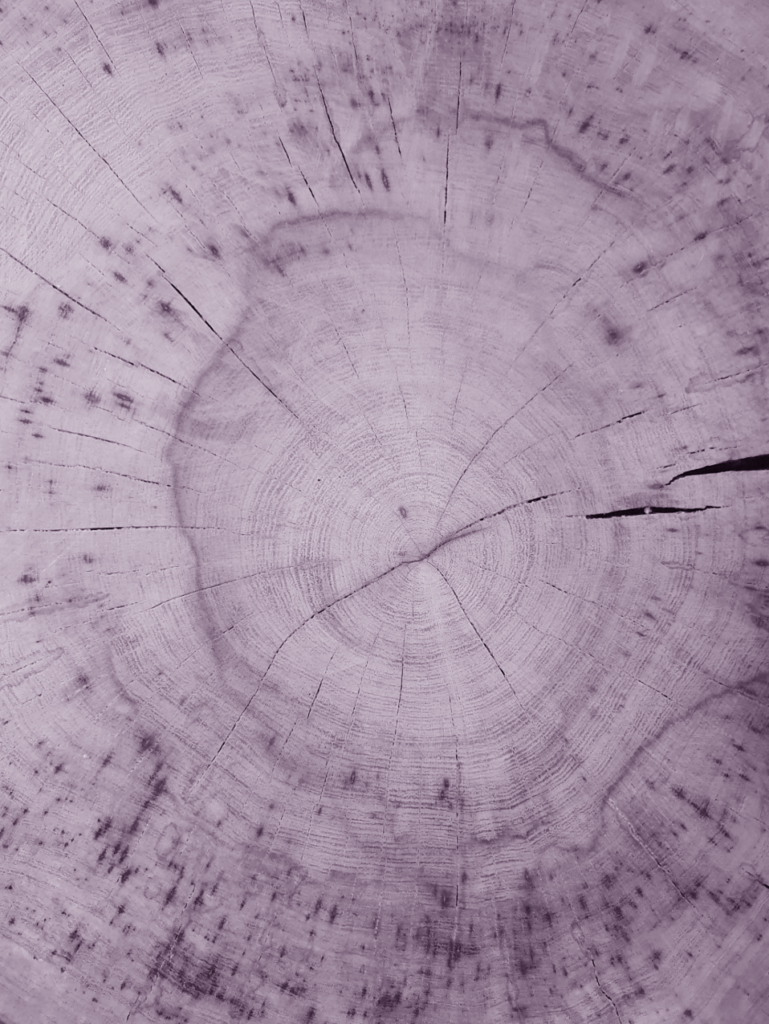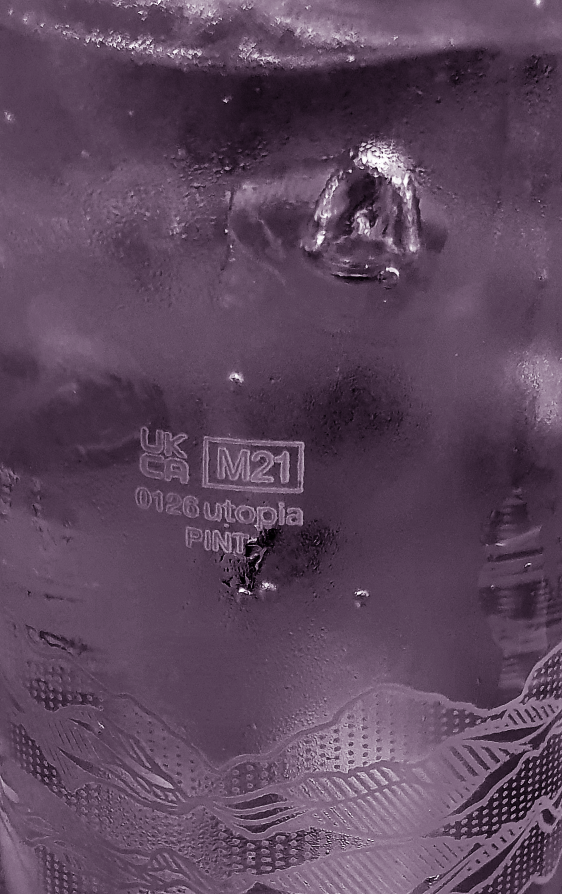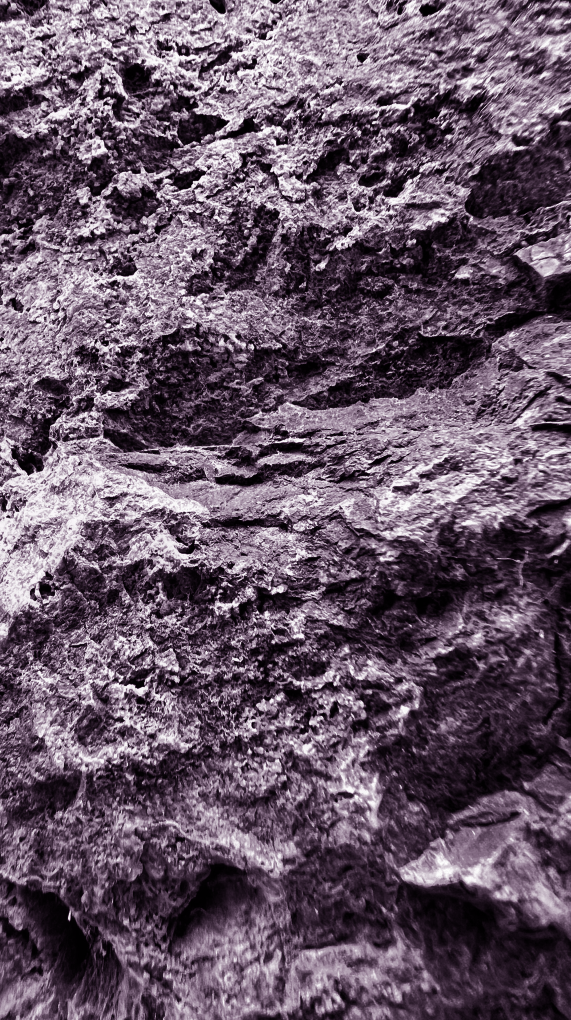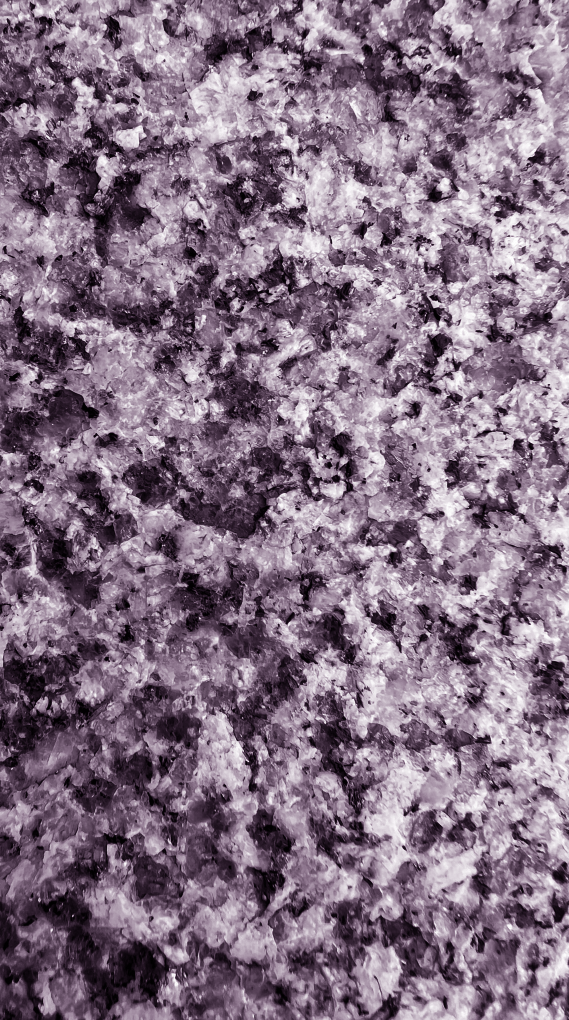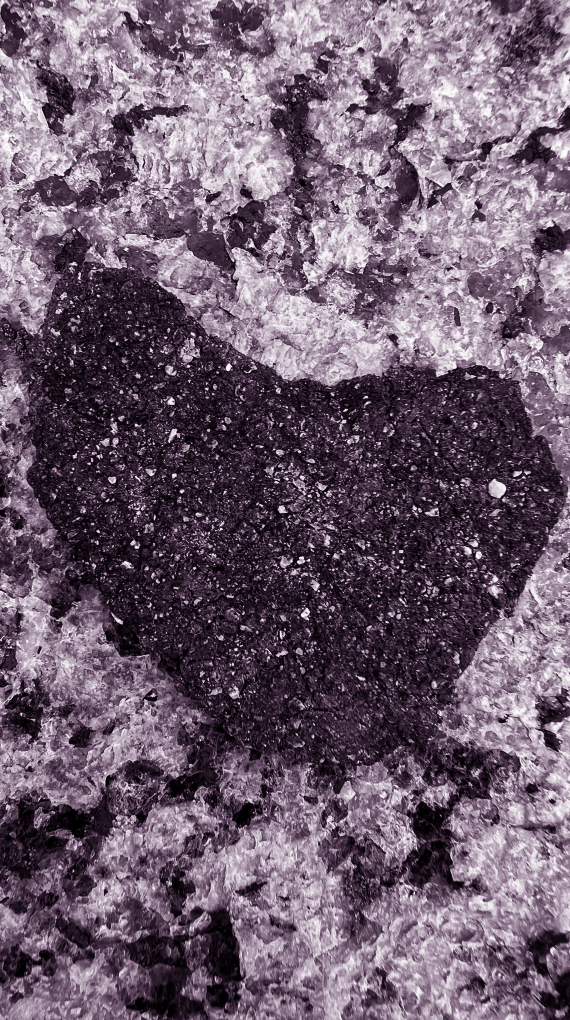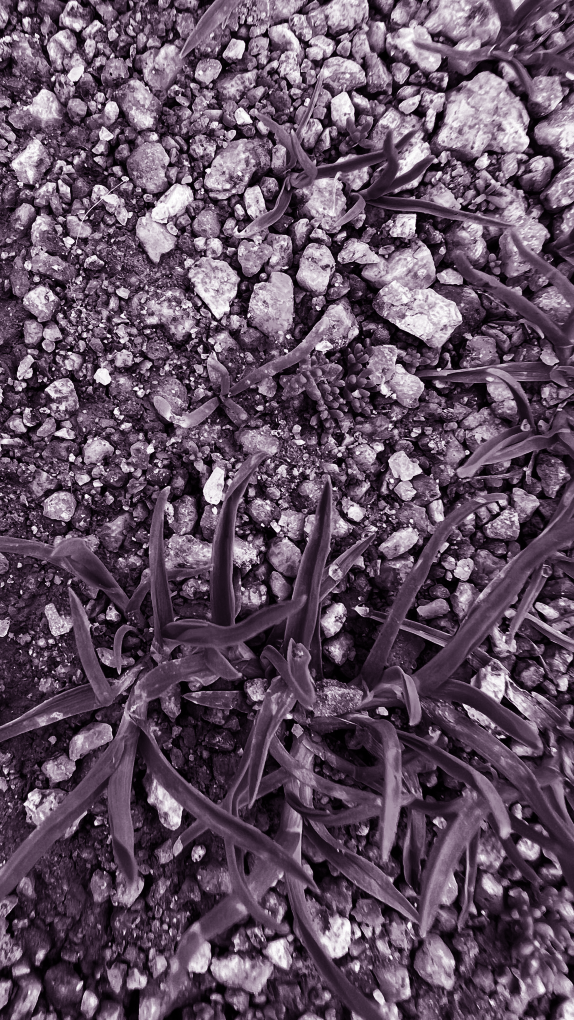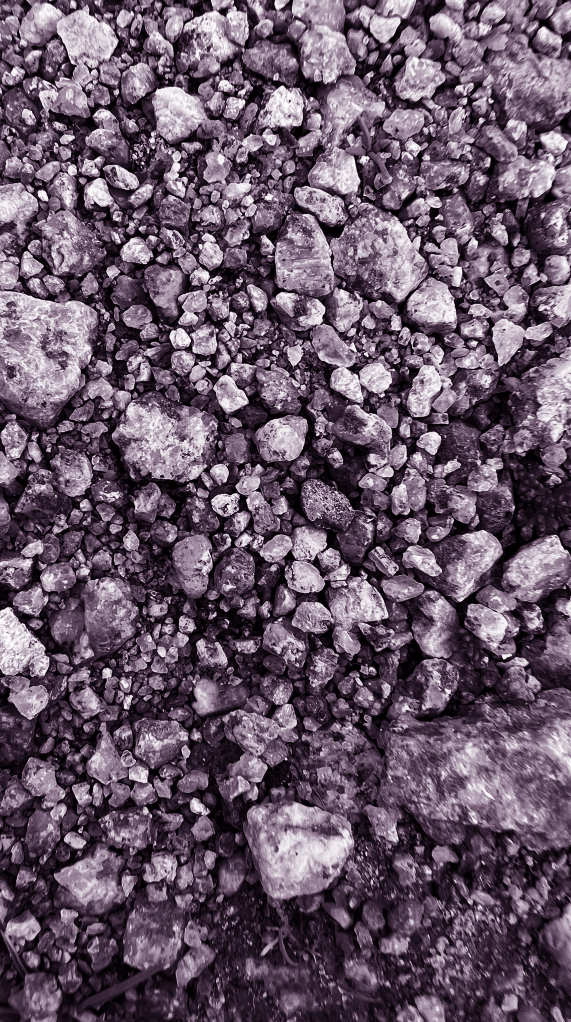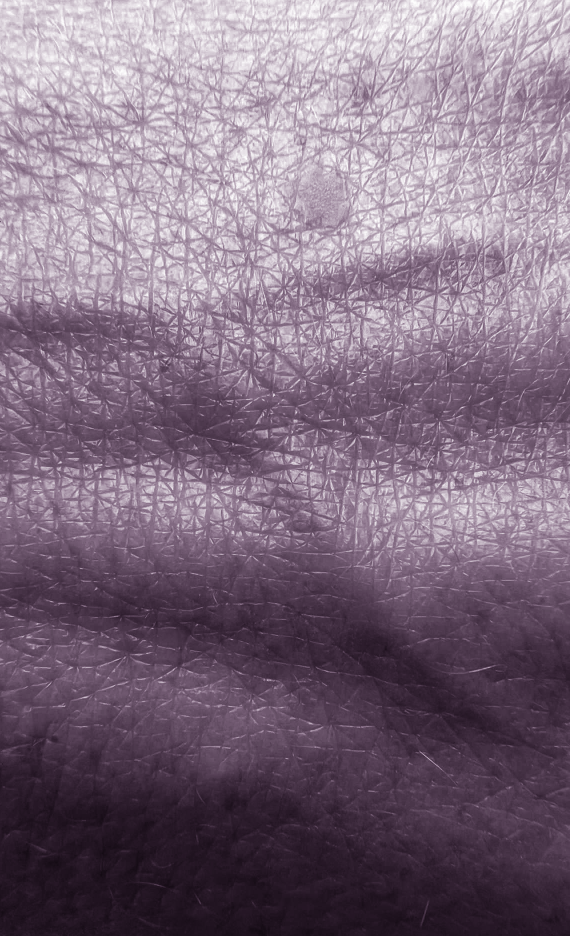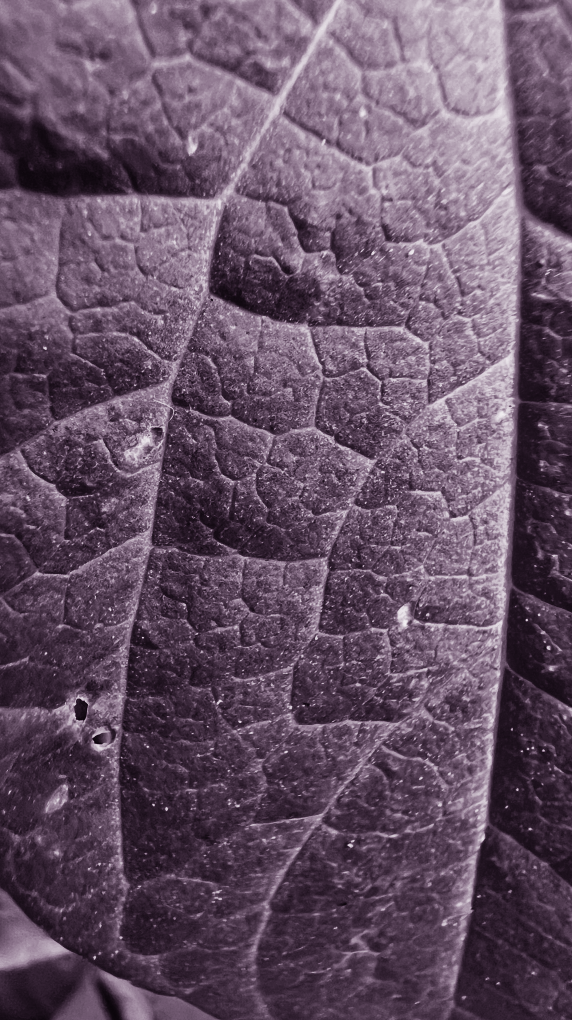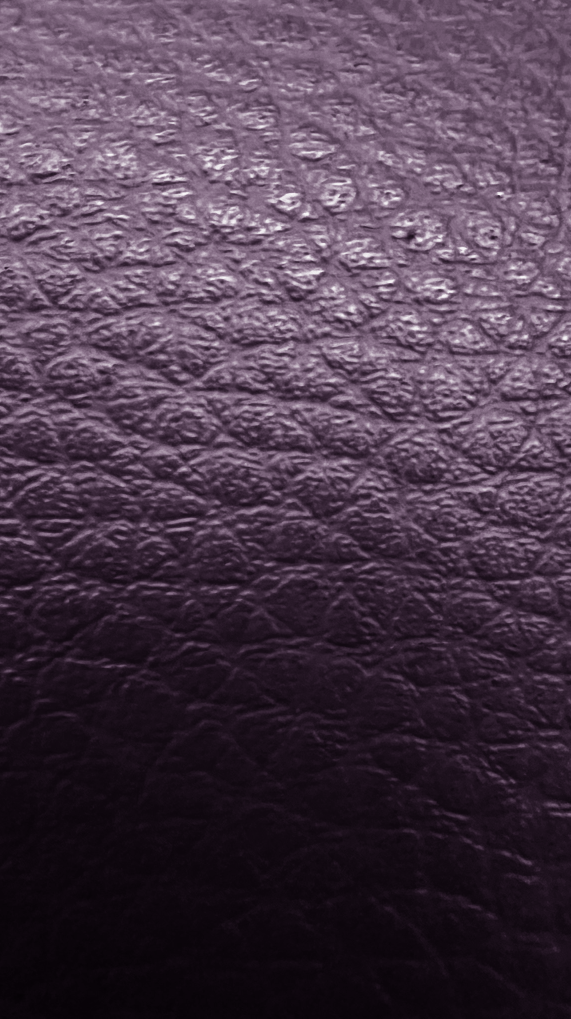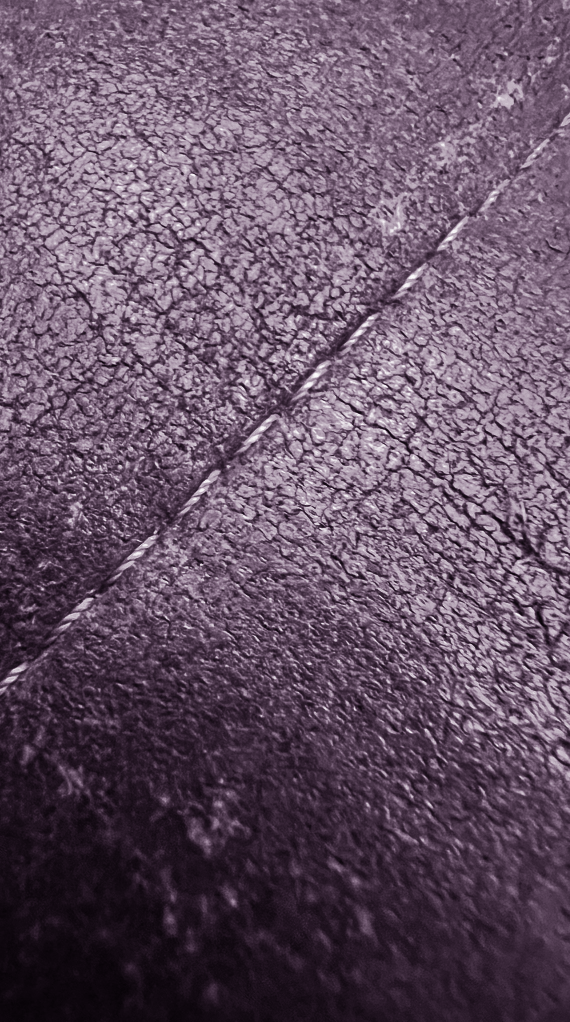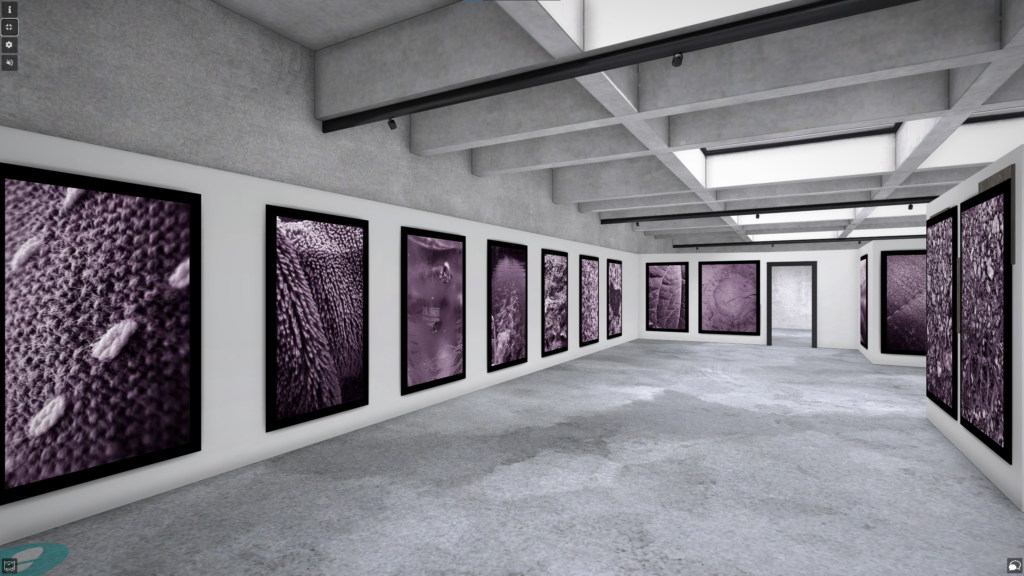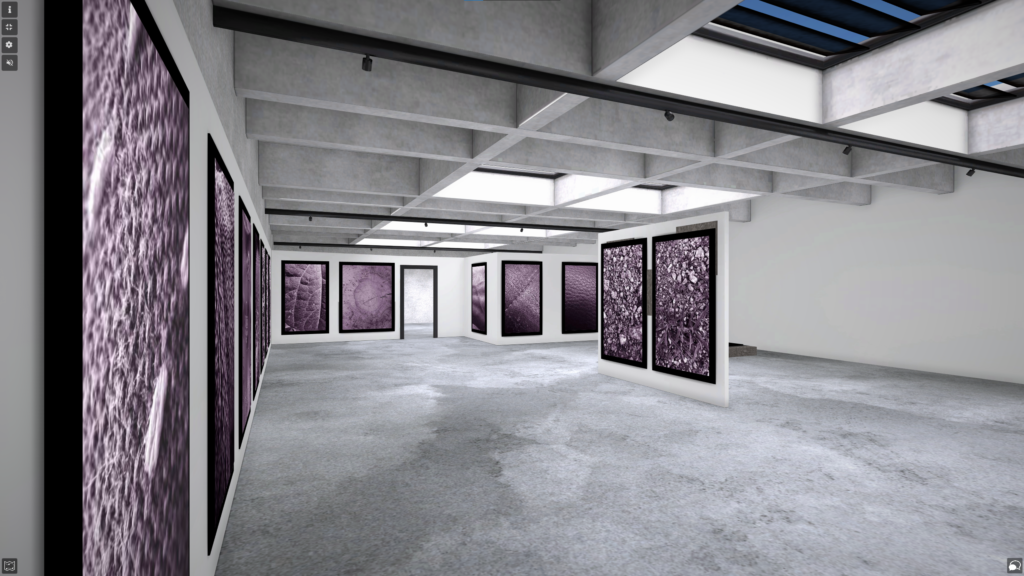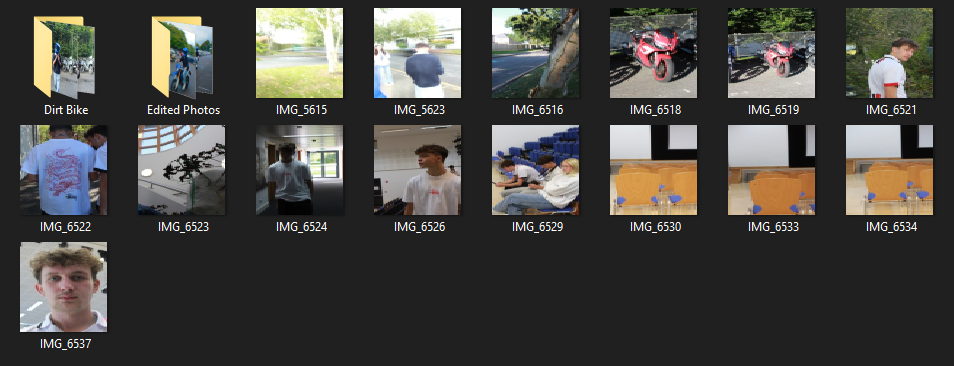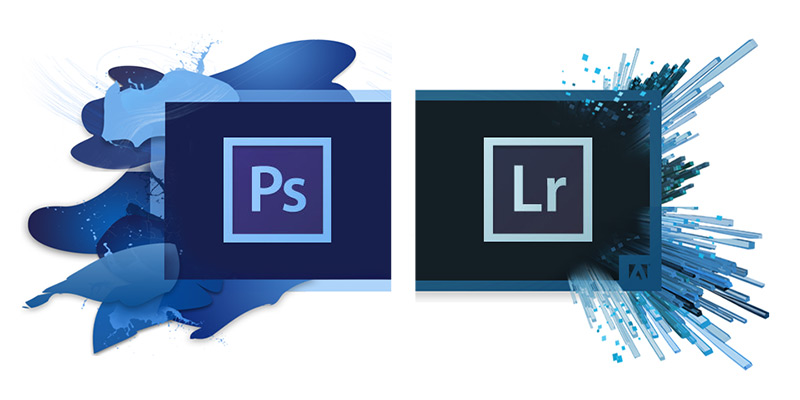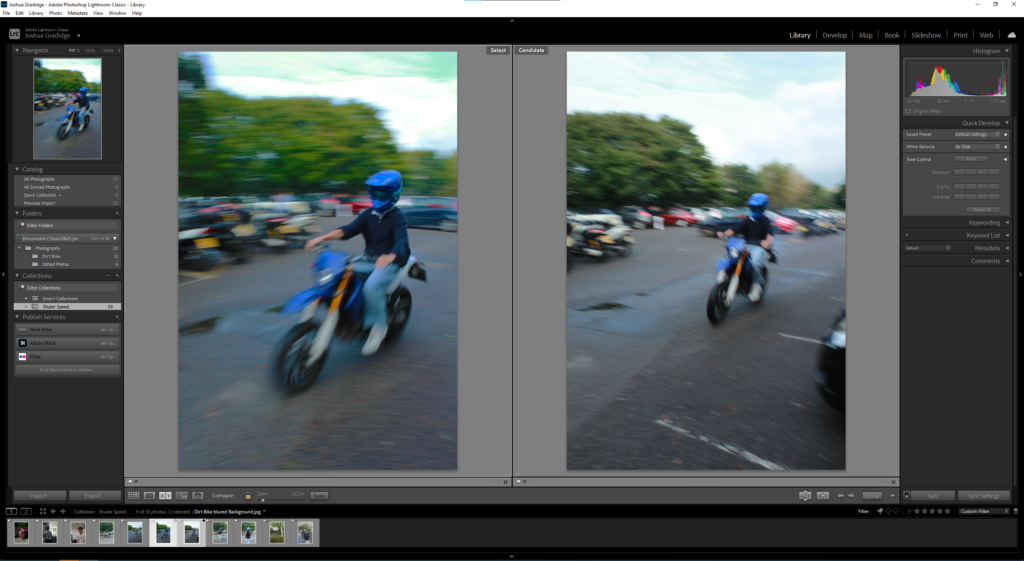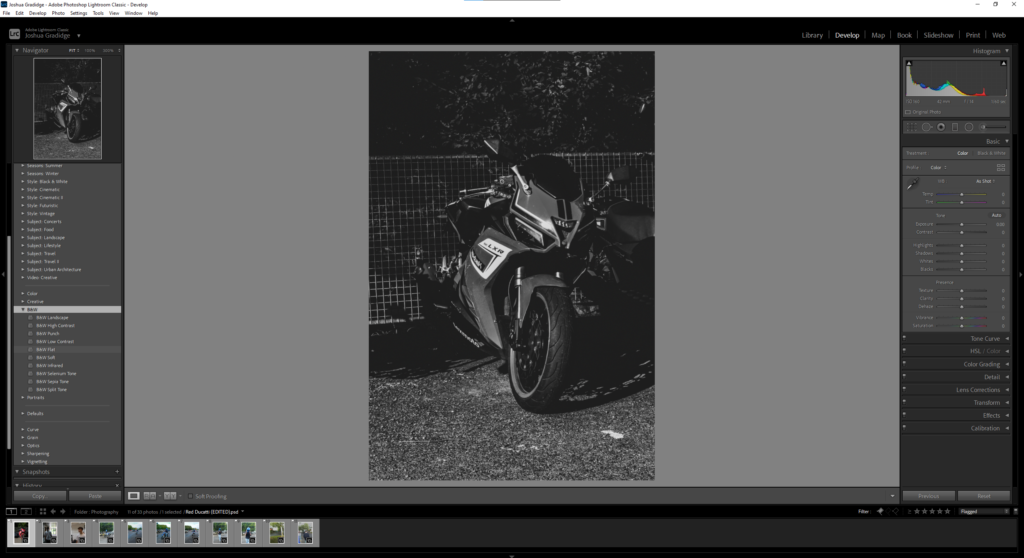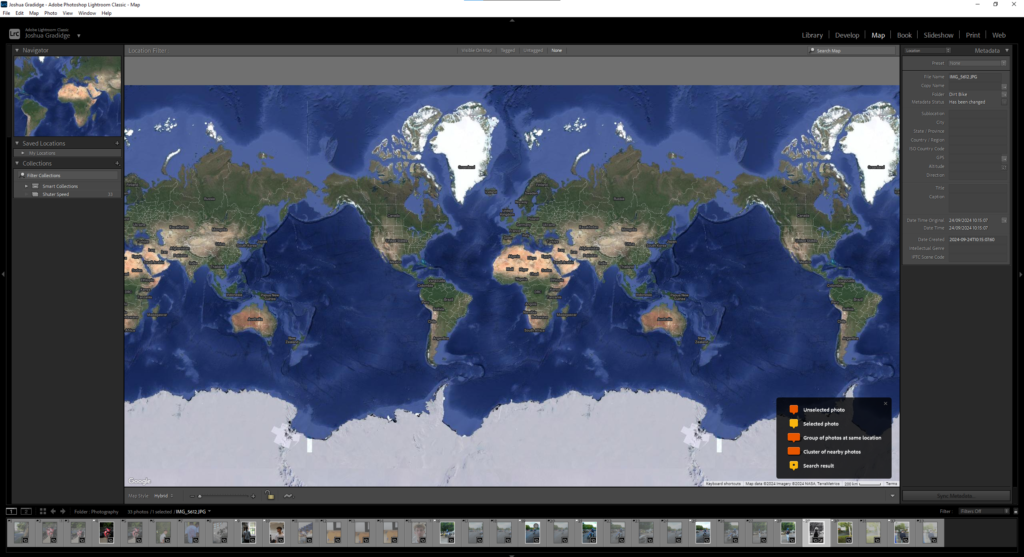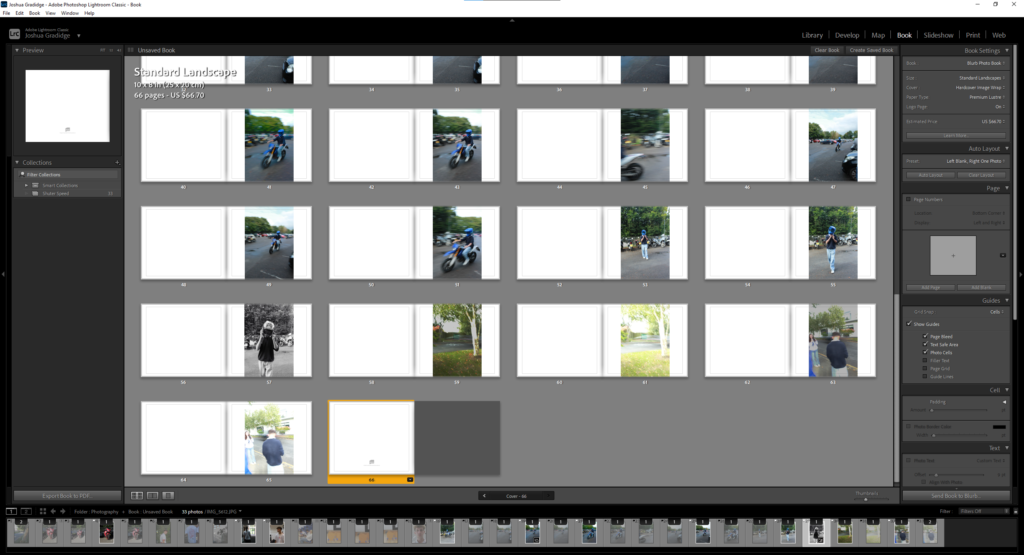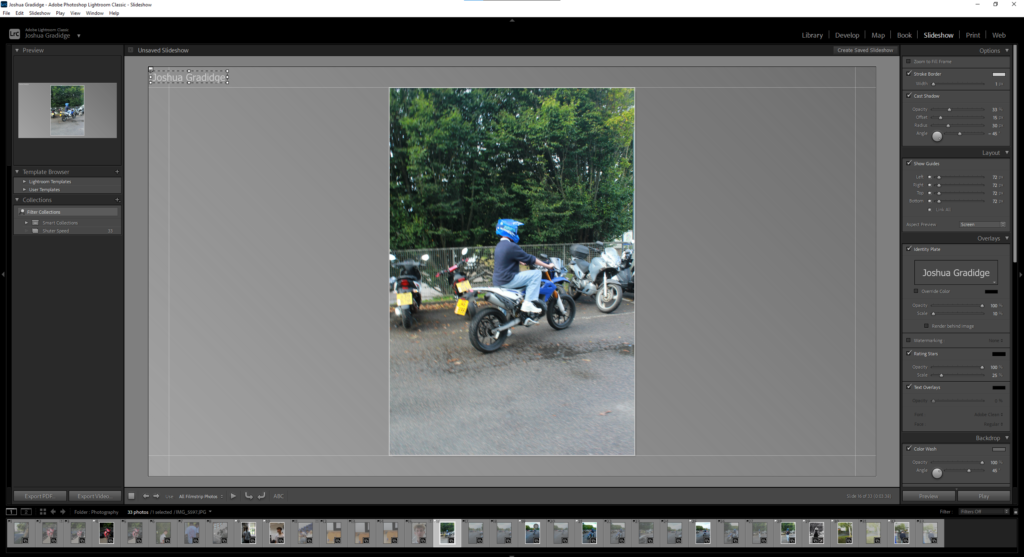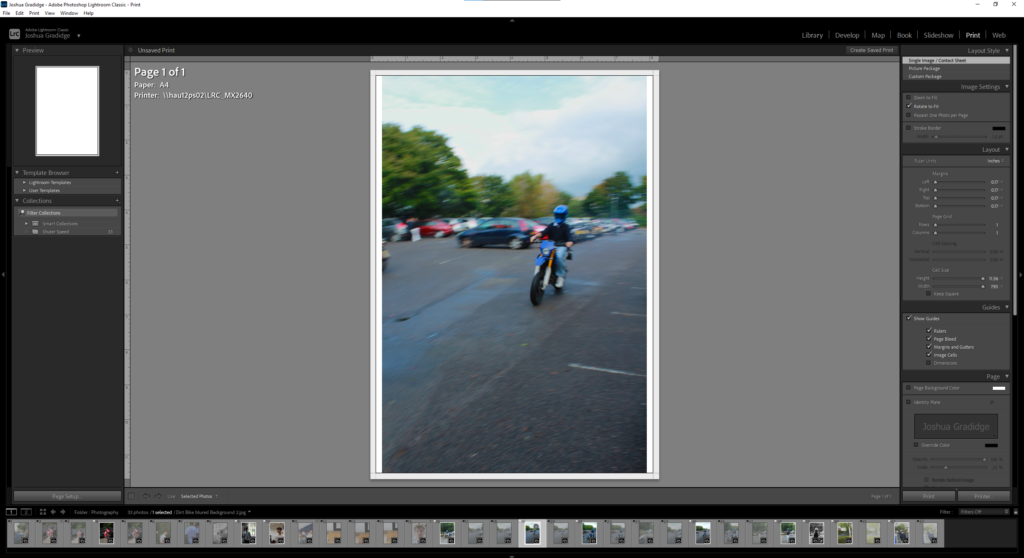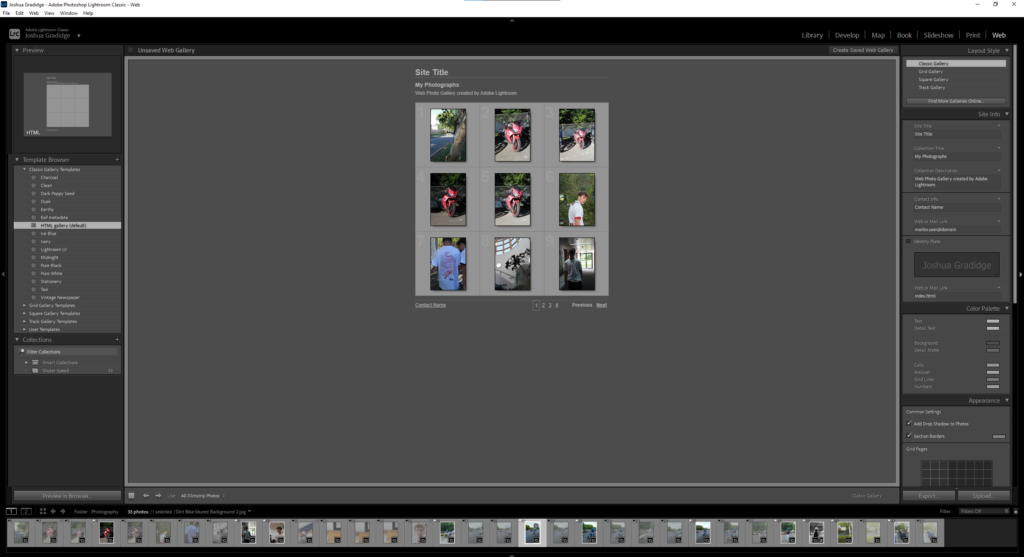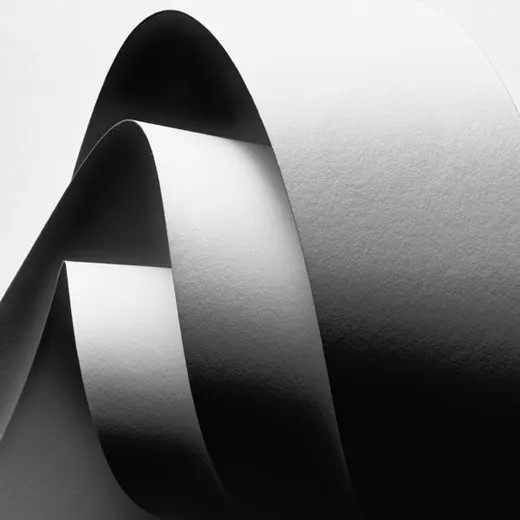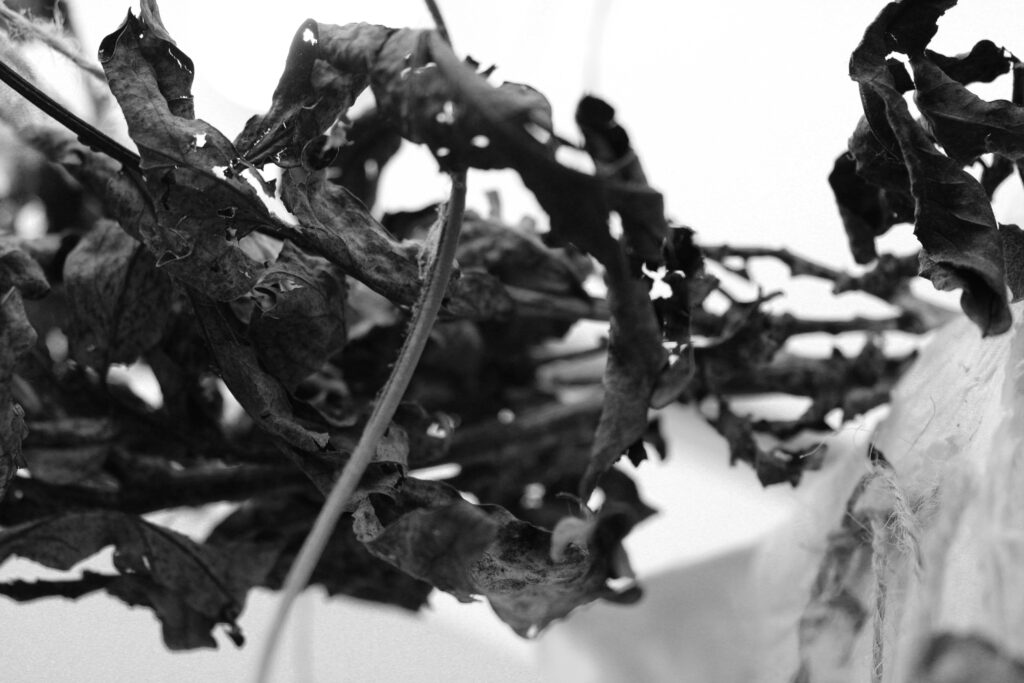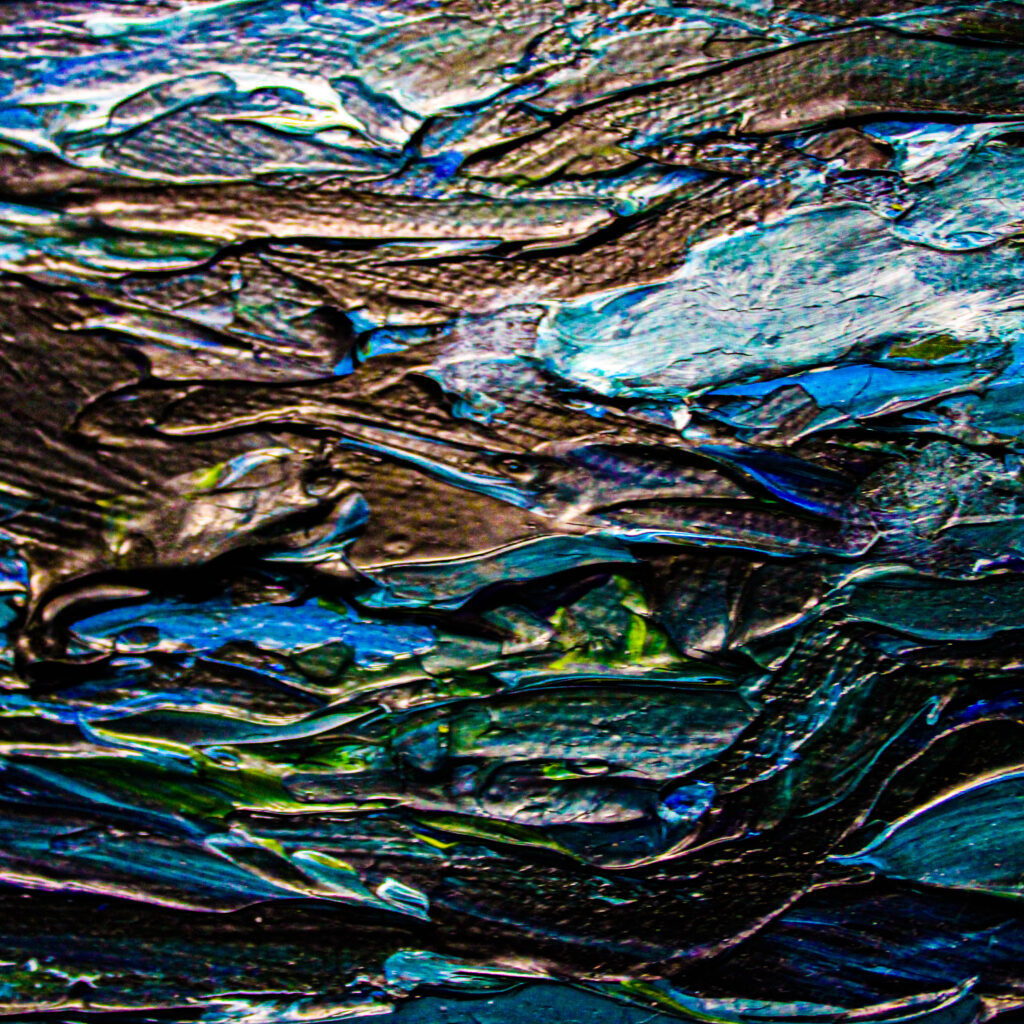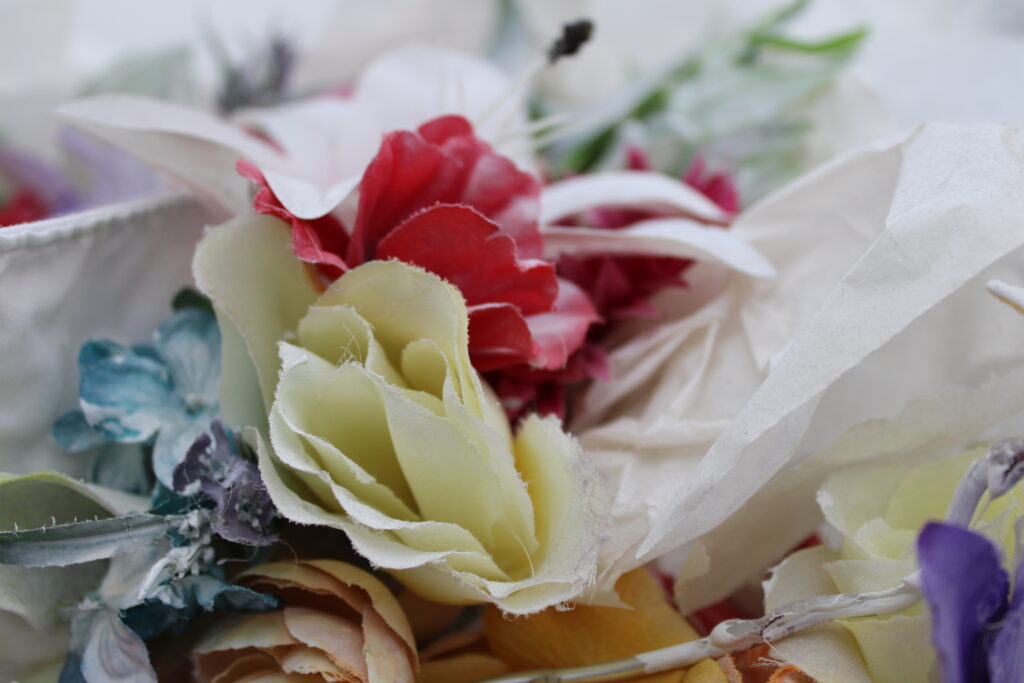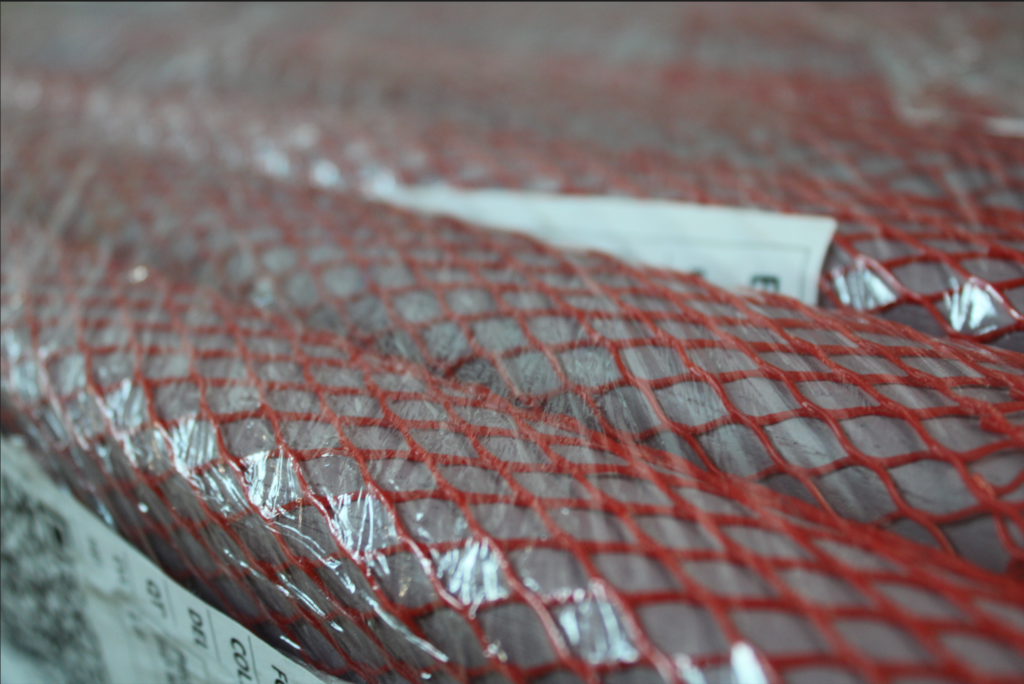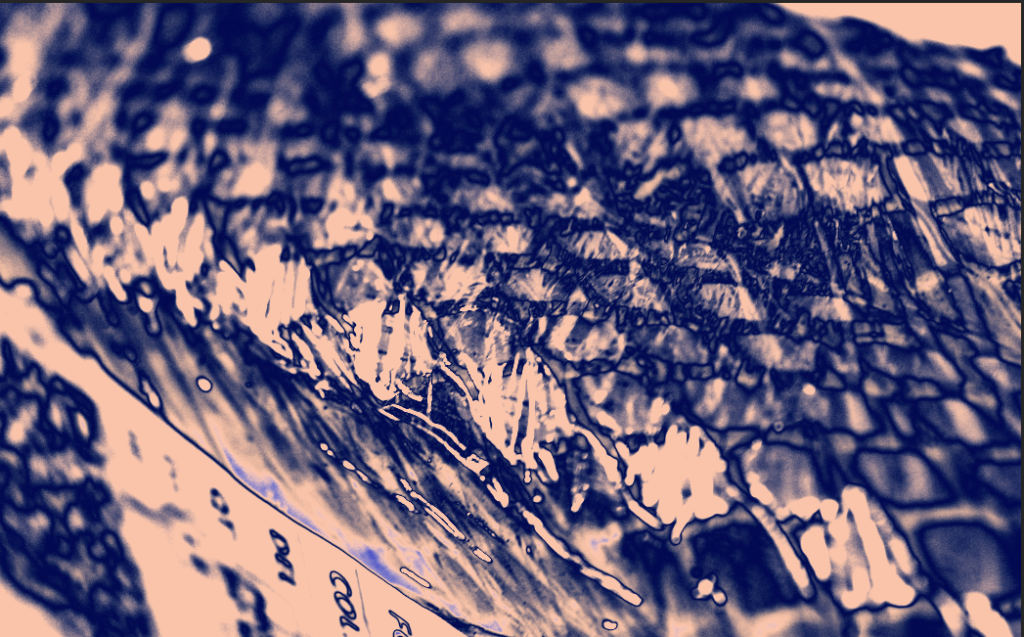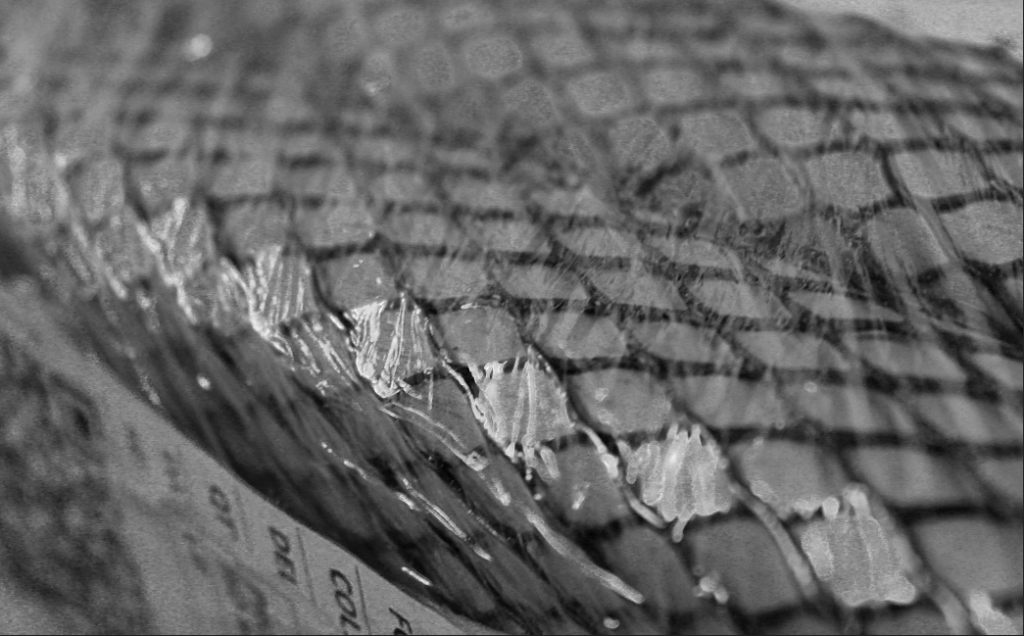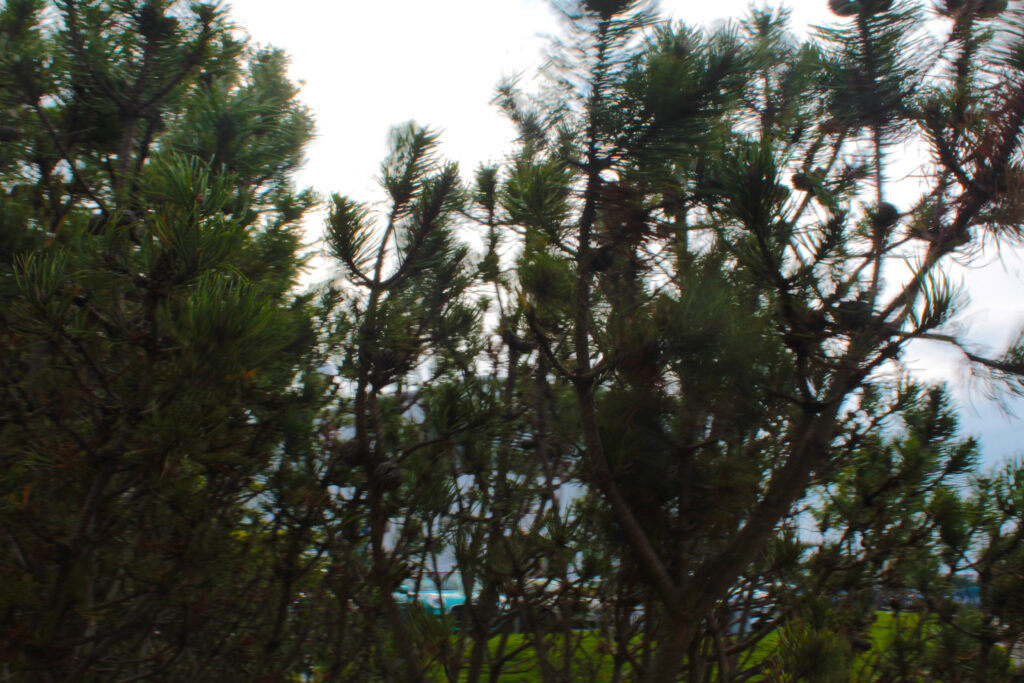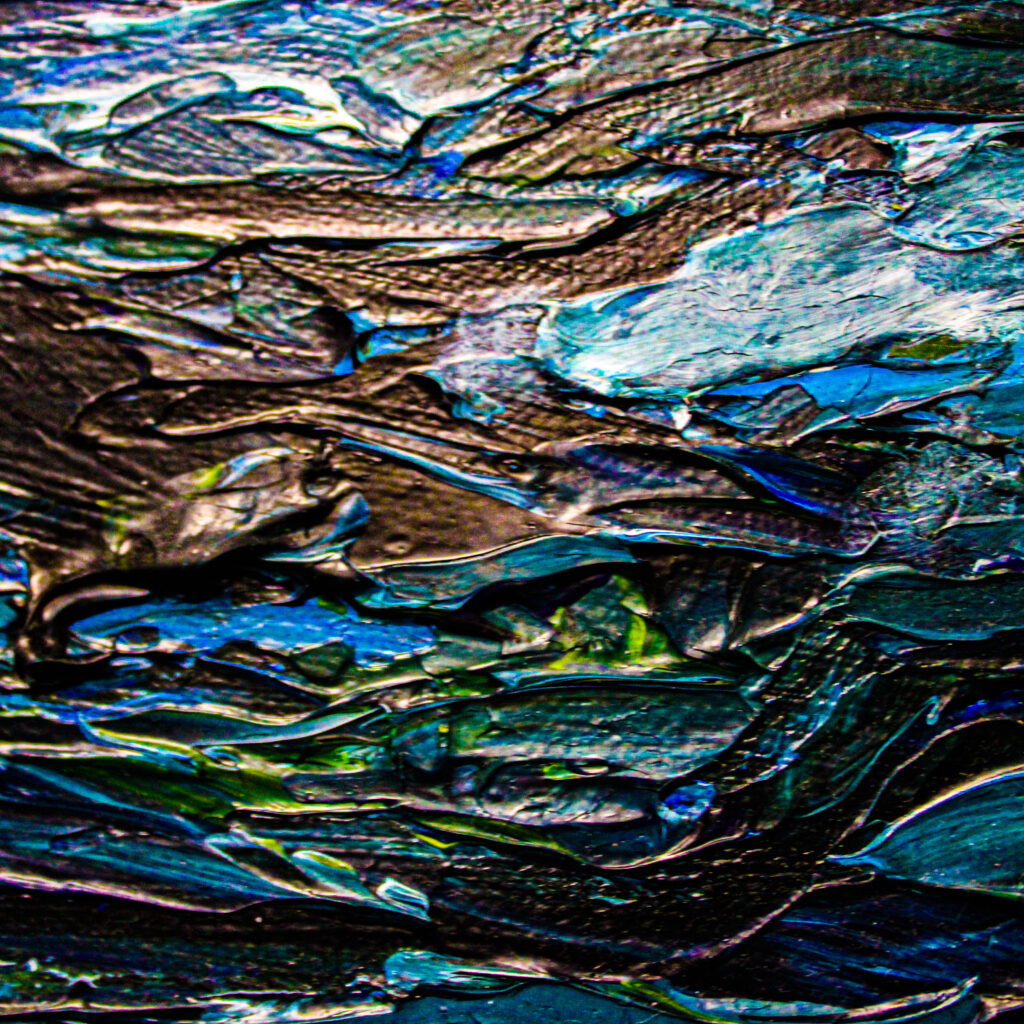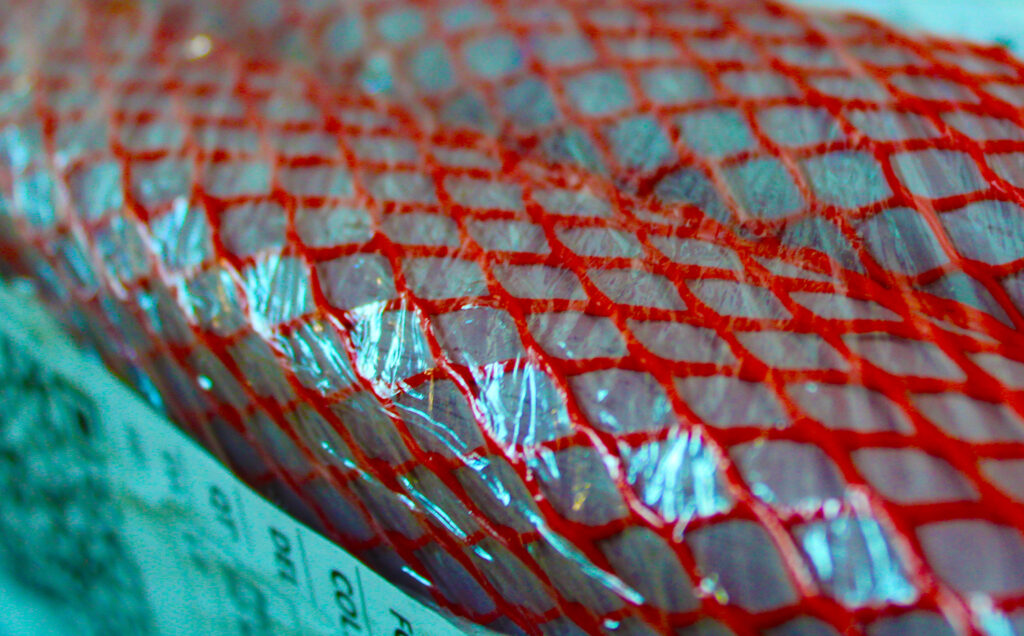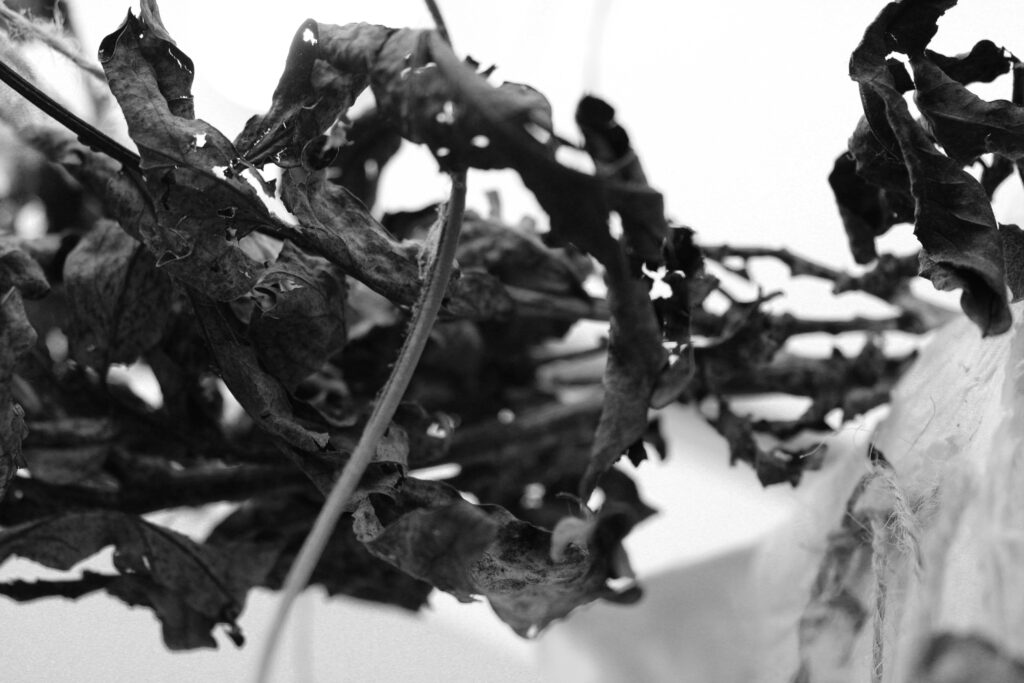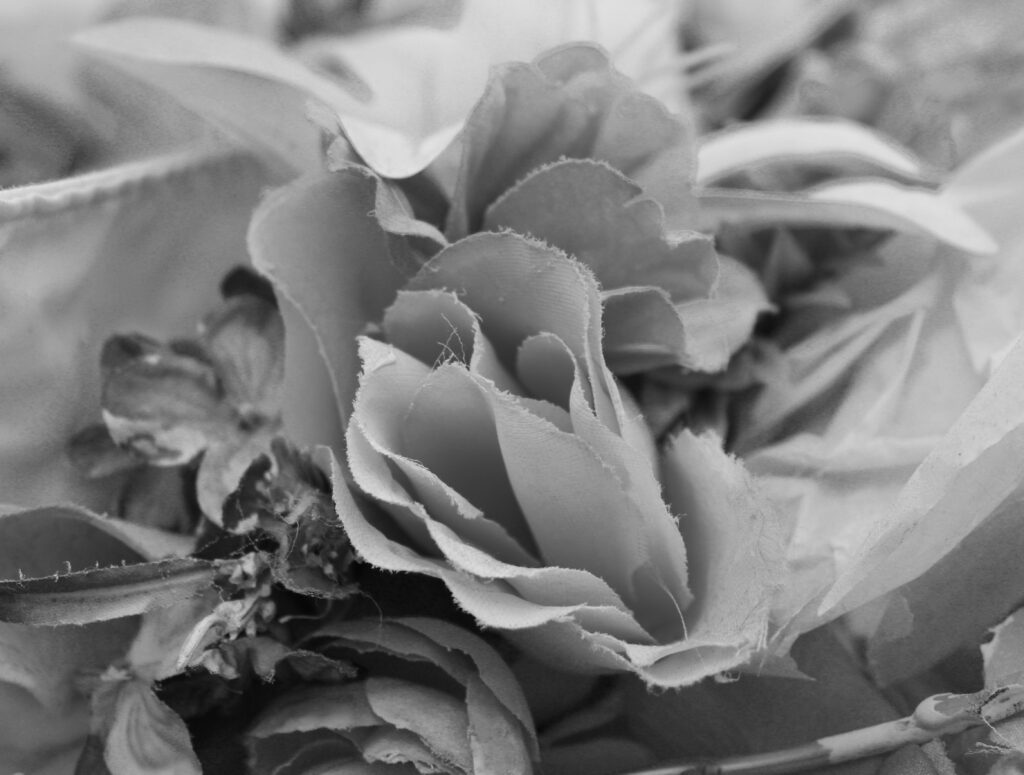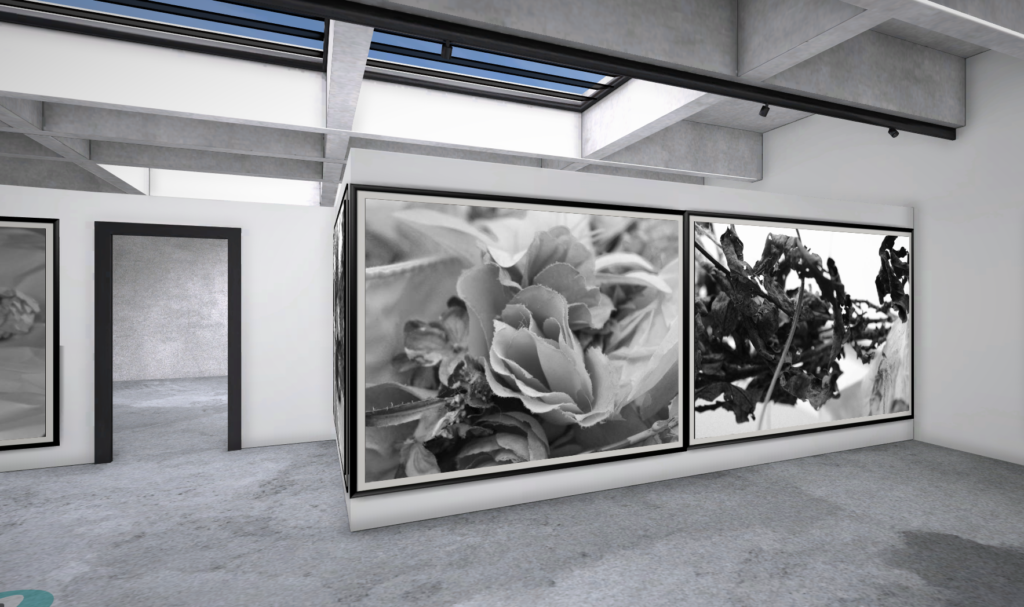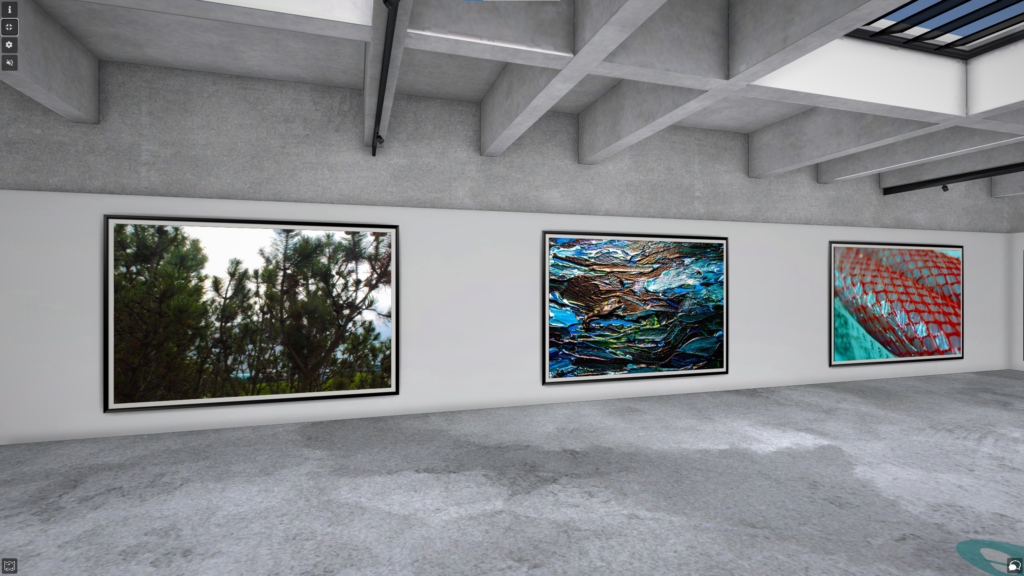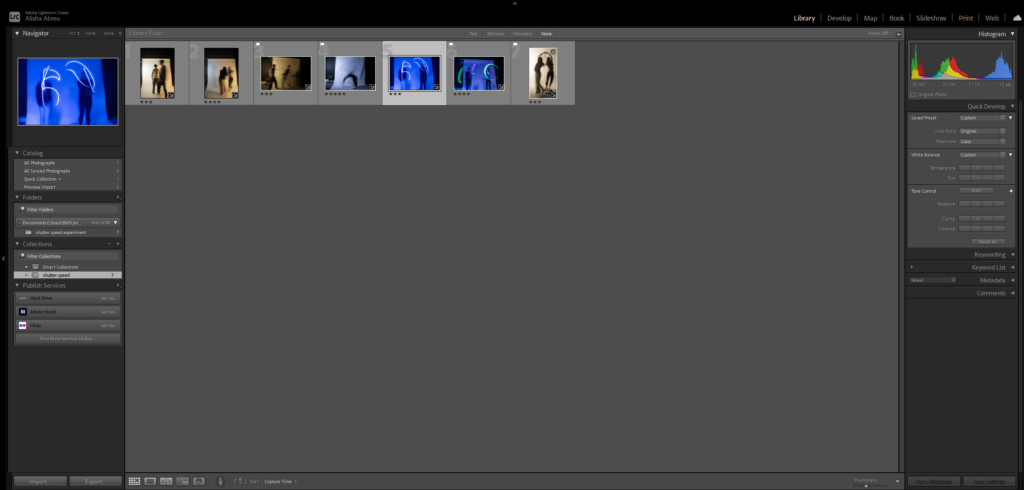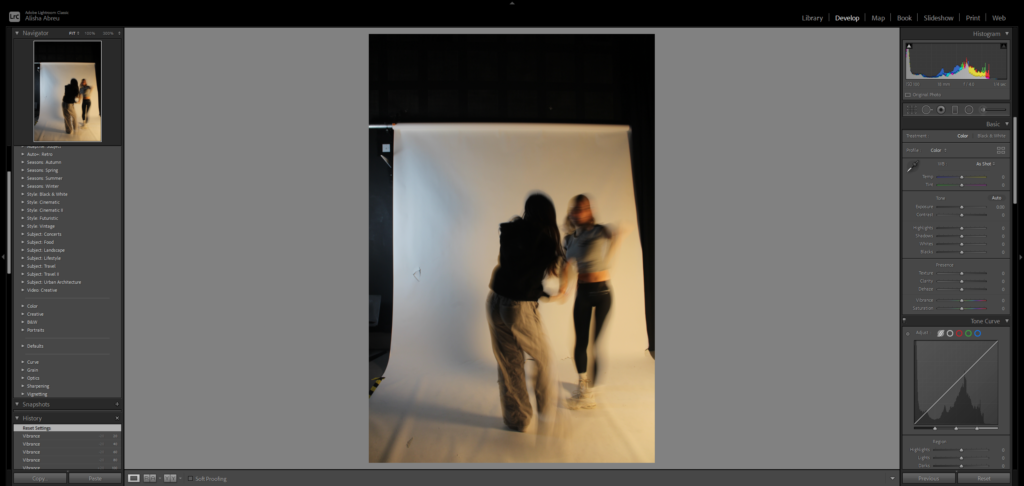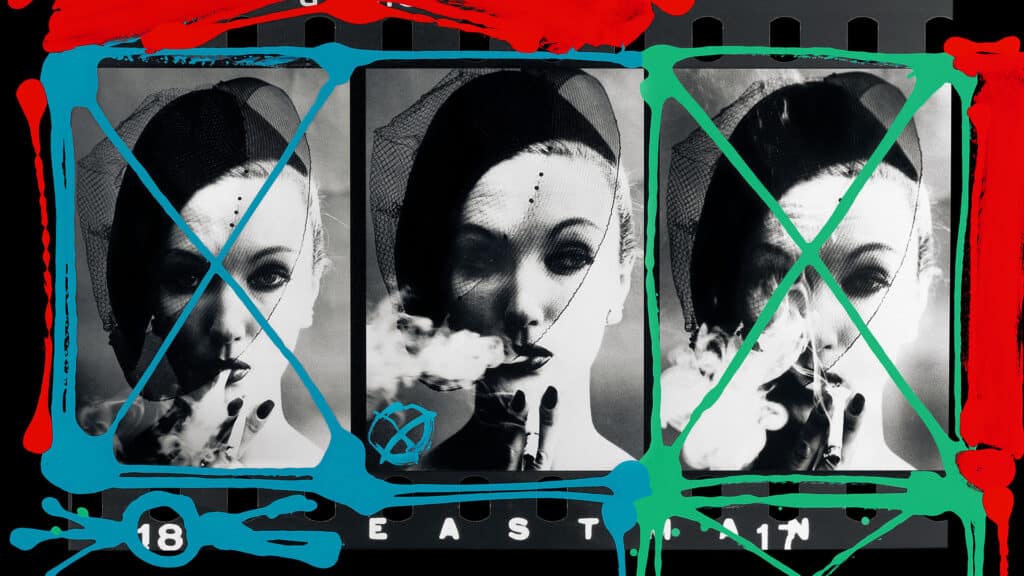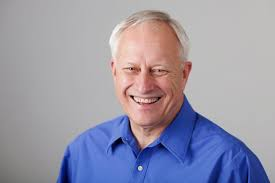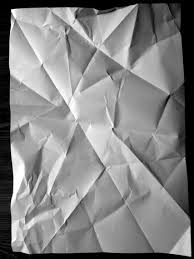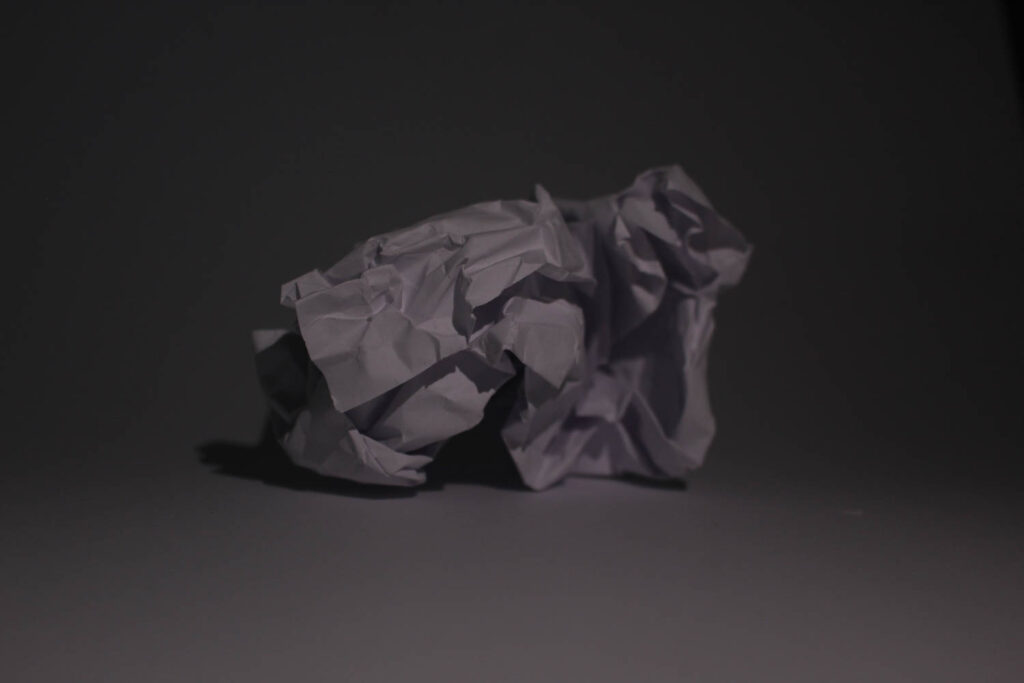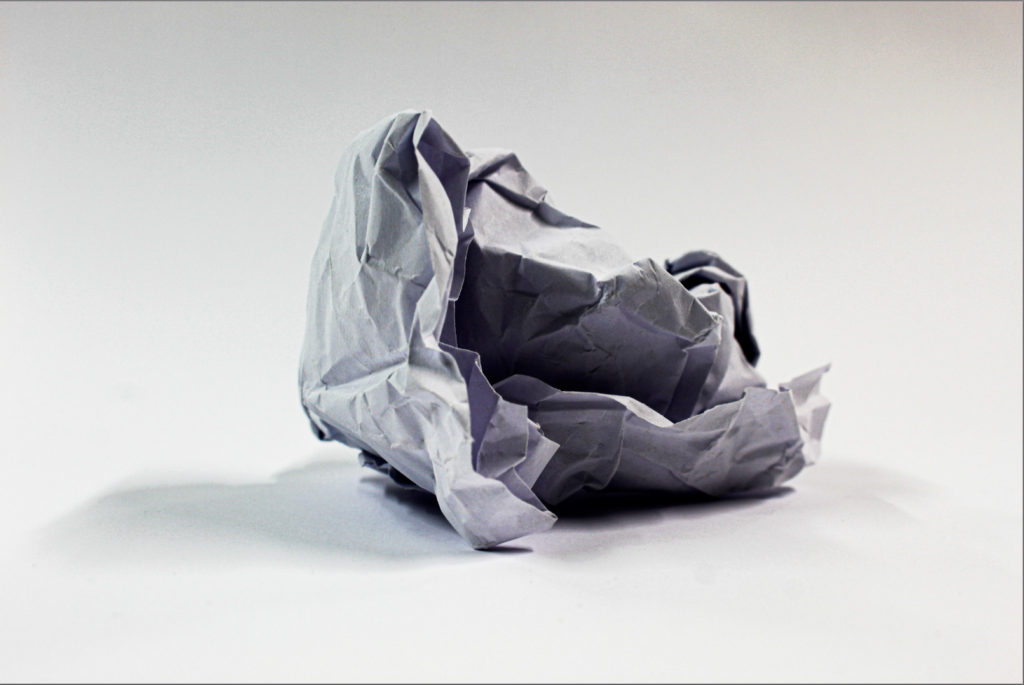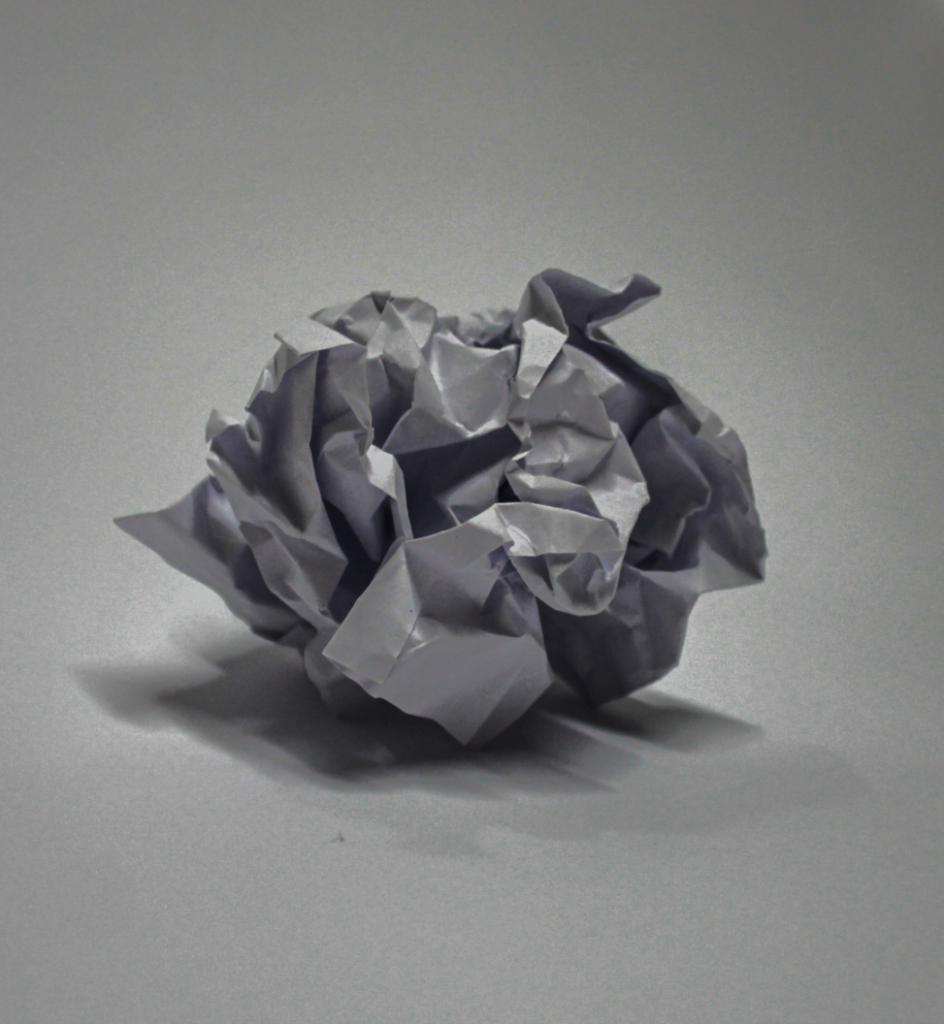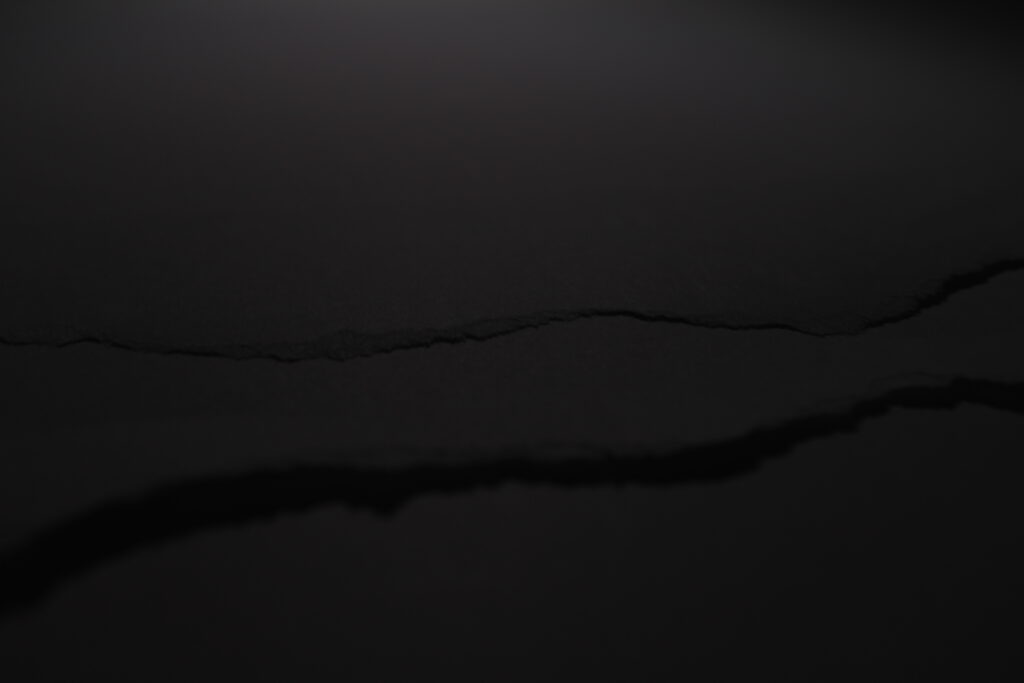Camera Obscura
What is it –
A camera obscura captures the world by letting light enter through a lens and project an image onto a surface. It requires no power source, relying purely on natural light. Light from the outside scene enters through a lens, hits a mirror at a 45-degree angle, and reflects onto paper or canvas inside. To view the image, one must cover themselves with a dark cloth to block outside light. This setup produces a sharp, colourful image. This can be seen below.

How does this make it hard to dictate the origins of photography –
The camera obscura was used for centuries as a drawing aid, allowing artists to project images of the outside world onto a surface. This use predates photography by hundreds of years, leading to debates about whether it should be considered an early form of photographic technology.
Its history –
pinhole cameras have existed for centuries, the camera obscura became more effective in the early 1600s with the invention of better lenses, allowing for brighter and clearer images. Artists used it to create detailed sketches, accurately depicting perspective.
How it was used in Photography –
The breakthrough came in the 1800s when combining it with light-sensitive materials allowed for permanent image capture, leading to the first photograph by Nicéphore Niépce in 1826/27. In essence, the camera obscura, though not magical, laid the groundwork for all photography, including modern smartphone cameras.

Nicephore Niepce
Who was he –
Nicéphore Niépce is a pivotal figure in the history of photography, often credited as one of the inventors of the medium. He is best known for creating the first permanent photograph in 1826 or 1827, titled “View from the Window at Le Gras.” This image was produced using a process called heliography, which involved a bitumen-coated plate that hardened in proportion to light exposure.
Why wasn’t he always considered the first photographer –
Niépce worked closely with Louis Daguerre, who developed the daguerreotype process, which produced clearer and more practical images. Daguerre’s contributions often overshadow Niépce’s pioneering work, leading many to credit him as the true originator of photography.
His first photograph –
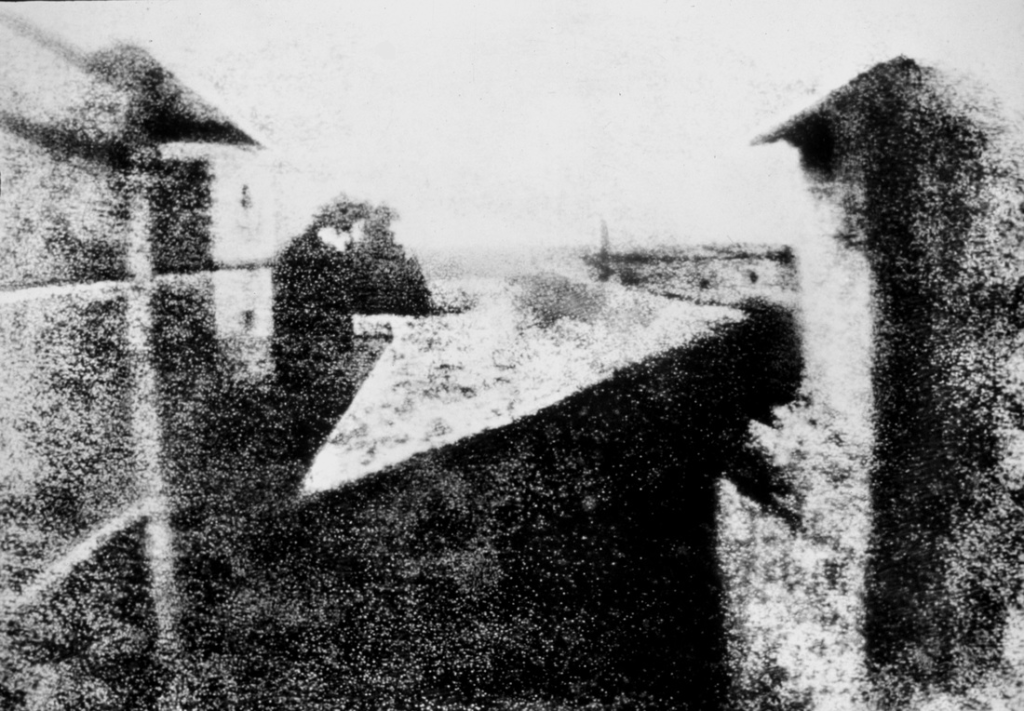
Known as ” View from the Window at Le Gras “
Henry Fox Talbot
What is Photogenic Drawing –
Photogenic drawing, a term created by William Henry Fox Talbot in the 1830s, refers to an early photographic process that involved creating images on light-sensitive paper. He did this by coating paper with silver chloride, which darkened when exposed to light. He would place objects directly on the paper or use a negative image, exposing it to sunlight to create a shadow image. This is an example of his shown below.
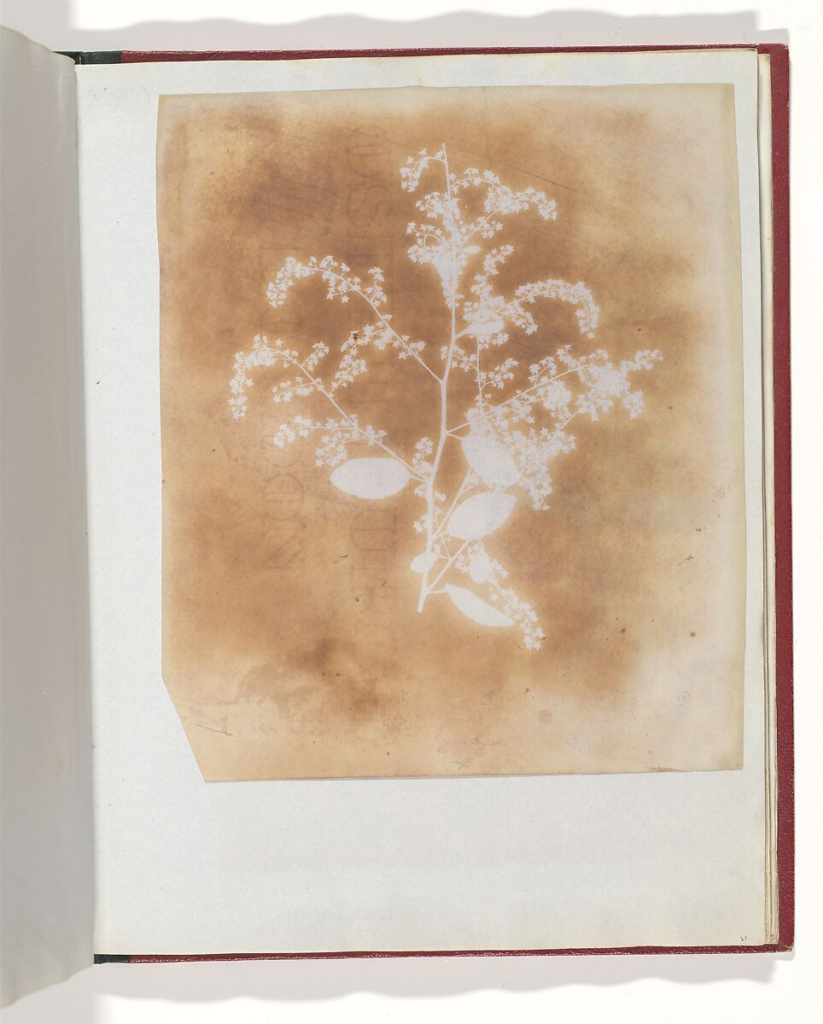
How did Talbot’s Mousetraps work –
The trap consisted of a baited platform with a spring- loaded lever. When a mouse triggered the lever by attempting to access the bait, the spring would snap, capturing the mouse within a confined space. The design aimed to be both humane and efficient. One of the mouse traps can be seen below.
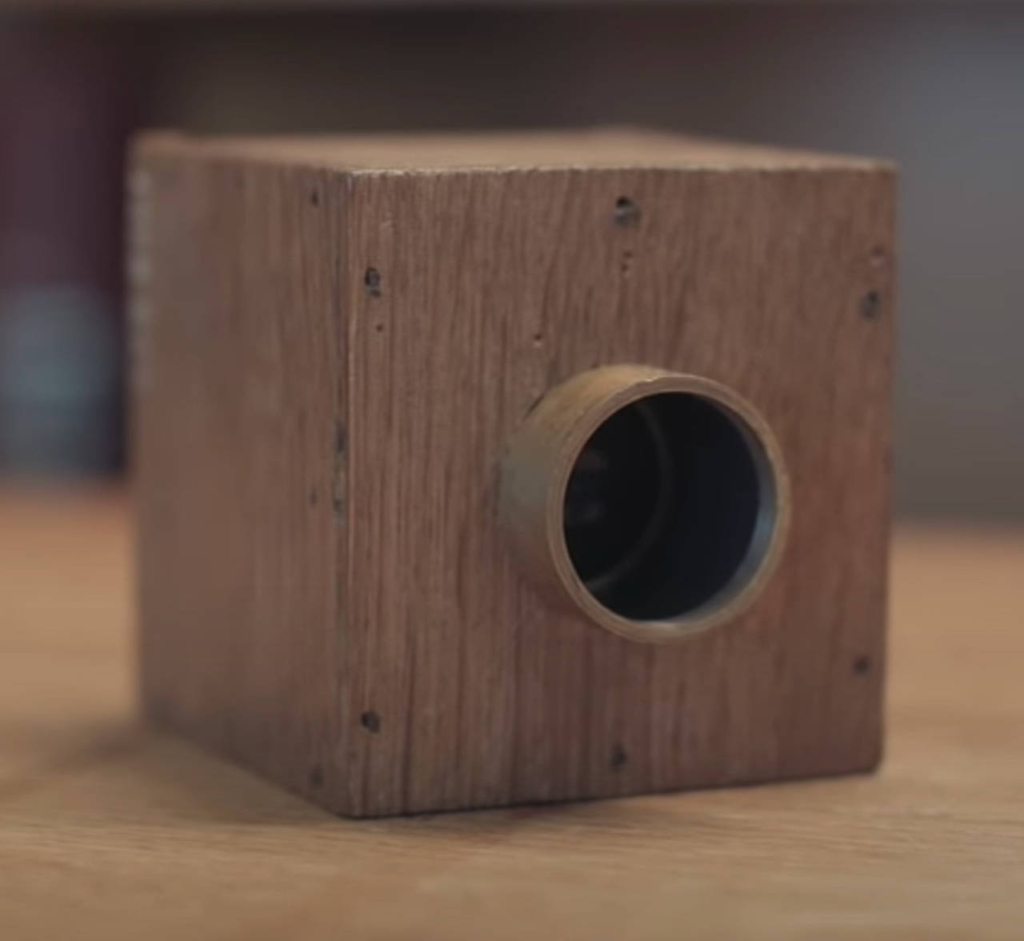
Louis Daguerre – Daguerreotype
What is a Daguerreotype –
A daguerreotype is an early type of photograph created using a process developed by Louis Daguerre in the 1830s. It involves exposing a polished silver-plated copper sheet to iodine vapor, which forms a light-sensitive layer of silver iodide. After exposure in a camera, the plate is developed using mercury vapor and then fixed with a salt solution. Some of these are seen below.
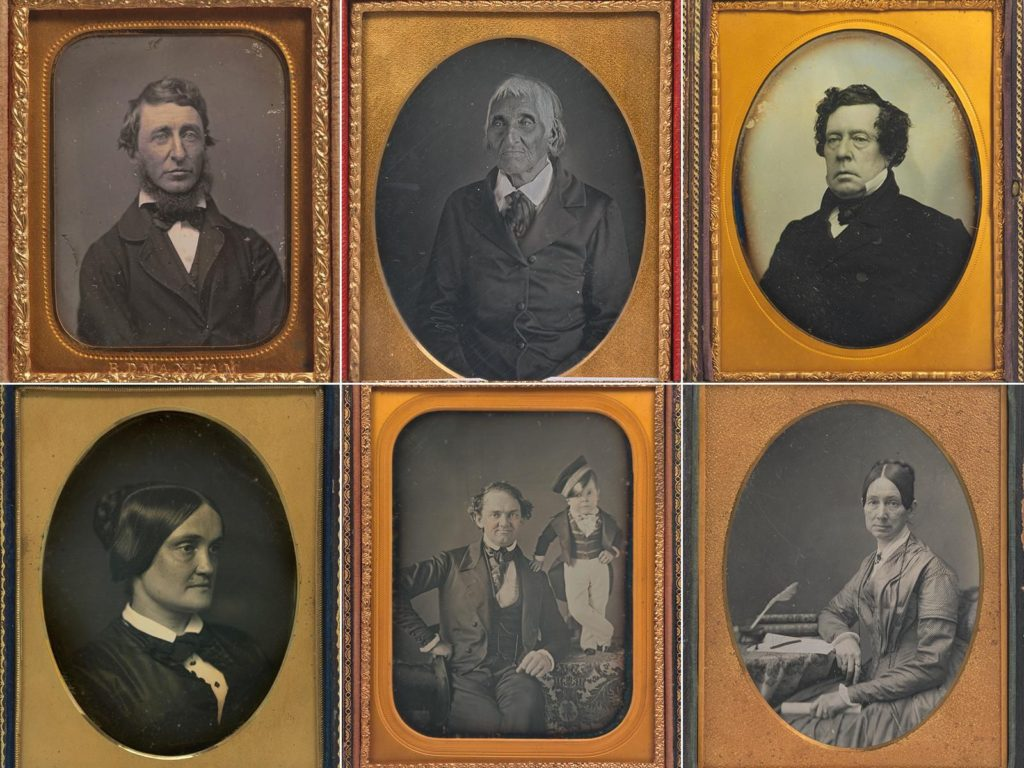
Why was the daguerreotype not as successful as Talbot’s system –
The daguerreotype process required careful handling and was relatively complex, involving toxic materials like mercury. The calotype process was more straightforward and involved less hazardous chemicals, making it more accessible for amateur photographers.
Richard Maddox
What did Richard Maddox Invent –
Richard Maddox was a British photographer and inventor known for developing the dry plate process in photography. In the 1870s, he introduced a new type of photographic plate that was more convenient than the wet plates previously used. This was known as the dry plate and it can be seen in the image below.
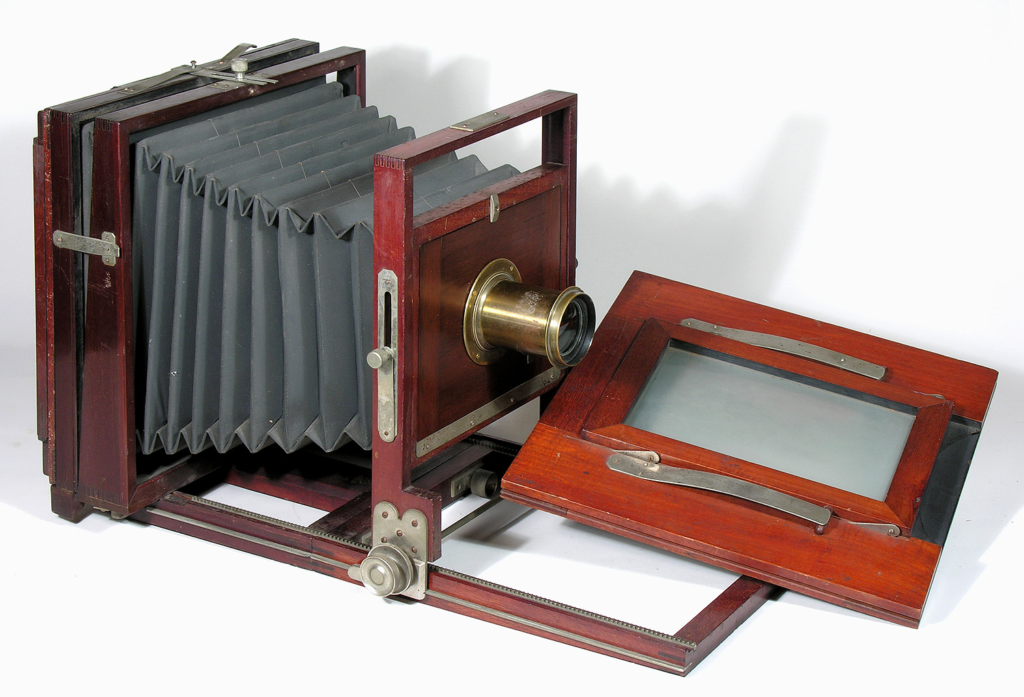
Why was his invention so pioneering for photography –
Unlike wet plates, which had to be coated, exposed, and developed immediately, dry plates could be prepared in advance and stored for later use. This flexibility allowed photographers to carry plates without the need for cumbersome darkroom equipment on-site.
Muybridge’s famous Motion Studies
How did Muybridge work with Stanford –
Eadweard Muybridge worked with Leland Stanford, a prominent businessman and founder of Stanford University, in a significant collaboration that focused on motion studies. In the late 19th century, Stanford was interested in whether all four hooves of a galloping horse leave the ground simultaneously. To settle this debate, he hired Muybridge, who was a pioneering photographer known for his expertise in capturing motion. This can be seen below
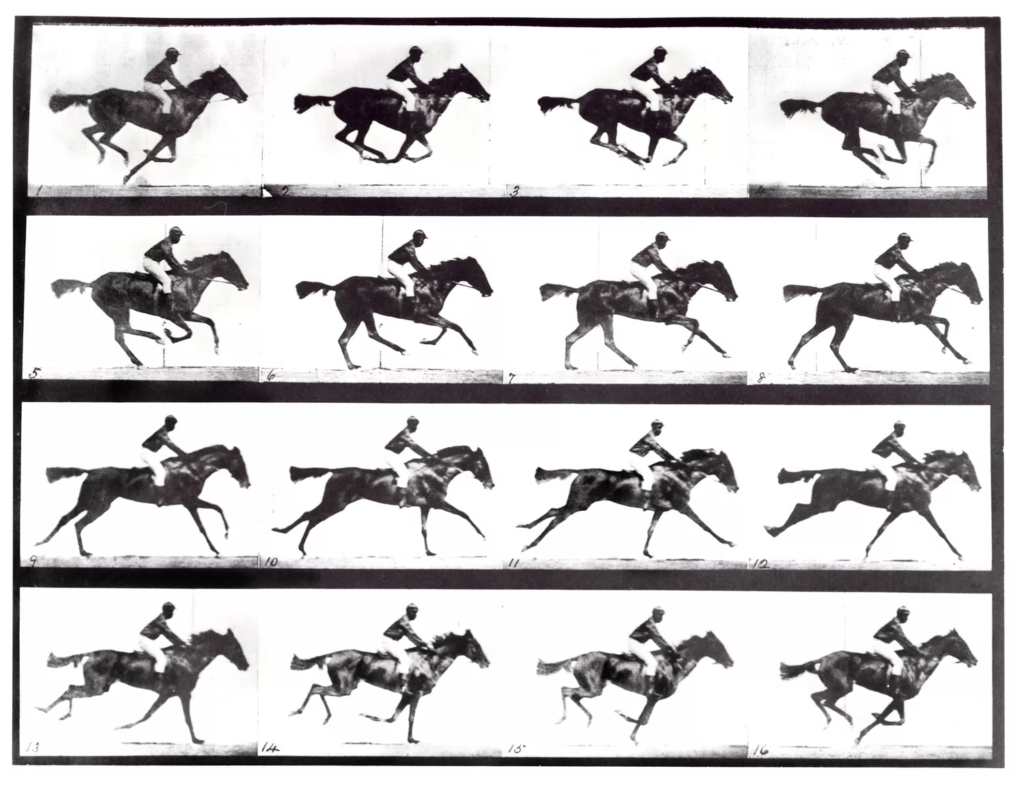
Why is Muybridge considered the precursor of cinema –
His work inspired later inventors and filmmakers, including Thomas Edison and the Lumière brothers, who built upon Muybridge’s concepts to develop early motion picture technology.
George Eastman
How did he make photography available to the masses –
Eastman’s focus on mass production helped lower the cost of cameras and film, making photography financially accessible to a broader audience, on top of this, he developed flexible roll film, which replaced the bulky glass plates used in traditional photography. This made cameras lighter and easier to handle. This can be seen below.
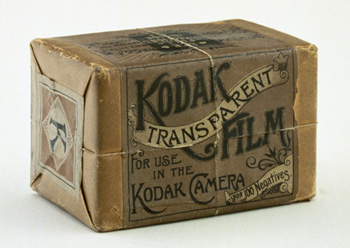
What company did he form –
George Eastman founded the Eastman Kodak Company in 1888. The company became a major player in the photography industry, known for its innovative products, including cameras, film, and photographic supplies.
Kodak (Brownie)
What is Kodak (Brownie) –
The Kodak Brownie is a series of simple, inexpensive cameras introduced by Eastman Kodak in 1900. The Brownie was designed to make photography accessible to everyone, particularly amateurs.
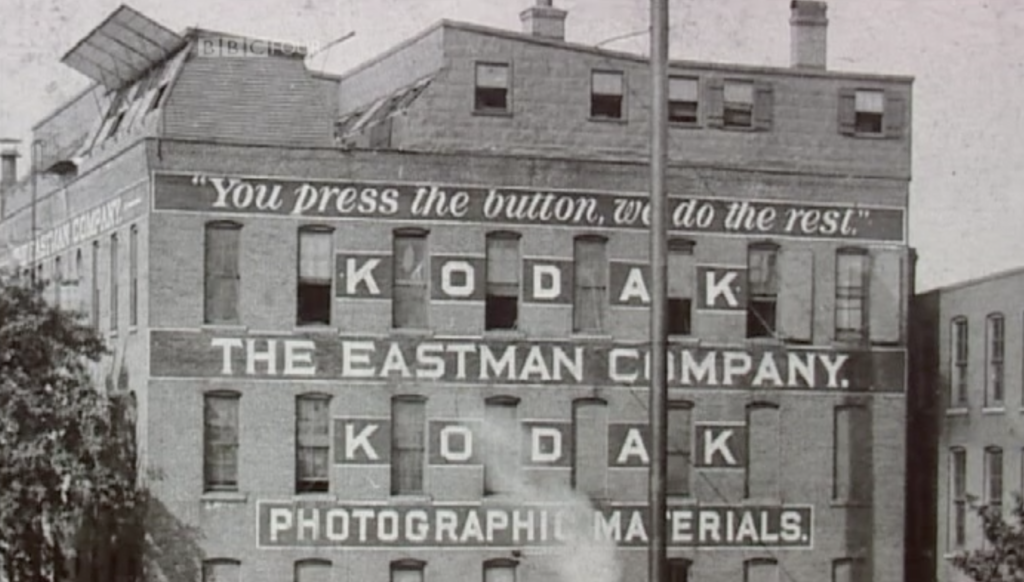
Digital Photography –
The First Digital Image –
The first digital image is often credited to a photograph created by computer scientist Russell Kirsch in 1957. Kirsch scanned a picture of his infant son. The original image was a 176×176 pixel representation, and it was saved as a binary file. This pioneering work laid the foundation for digital imaging, as it demonstrated how photographs could be digitized and manipulated using computers. This image can be seen below.
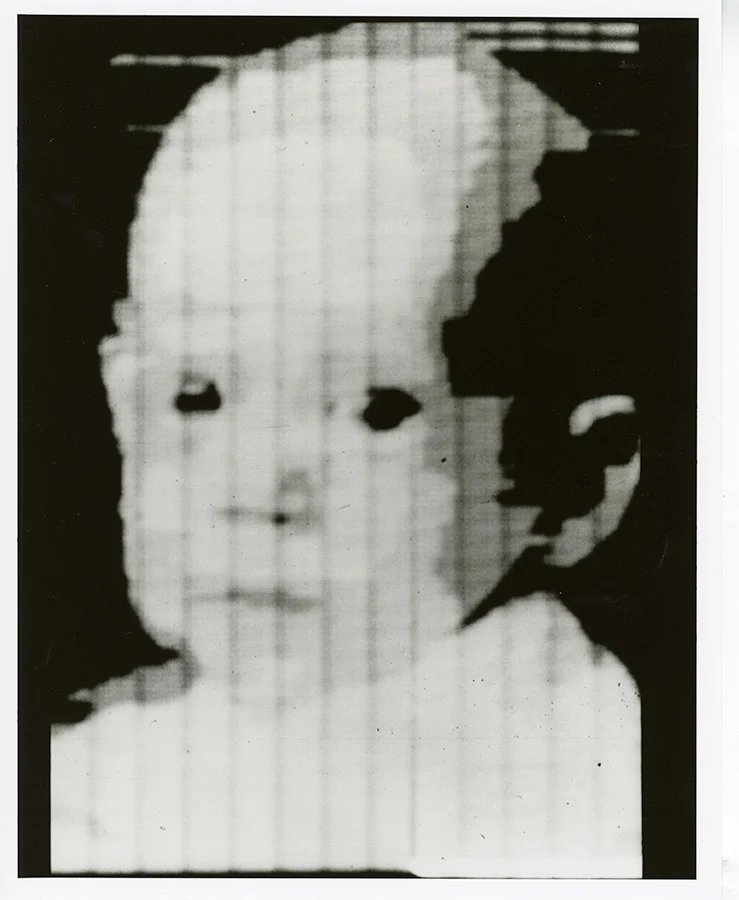
How was it done –
the first digital image was called a drum scanner. This device scanned the photograph by rotating the image on a cylindrical drum, capturing it line by line and converting it into a grid of pixels, which could then be processed and stored digitally. The drum scanner was an early example of how analogue images could be digitized for use in computing. It is shown below.
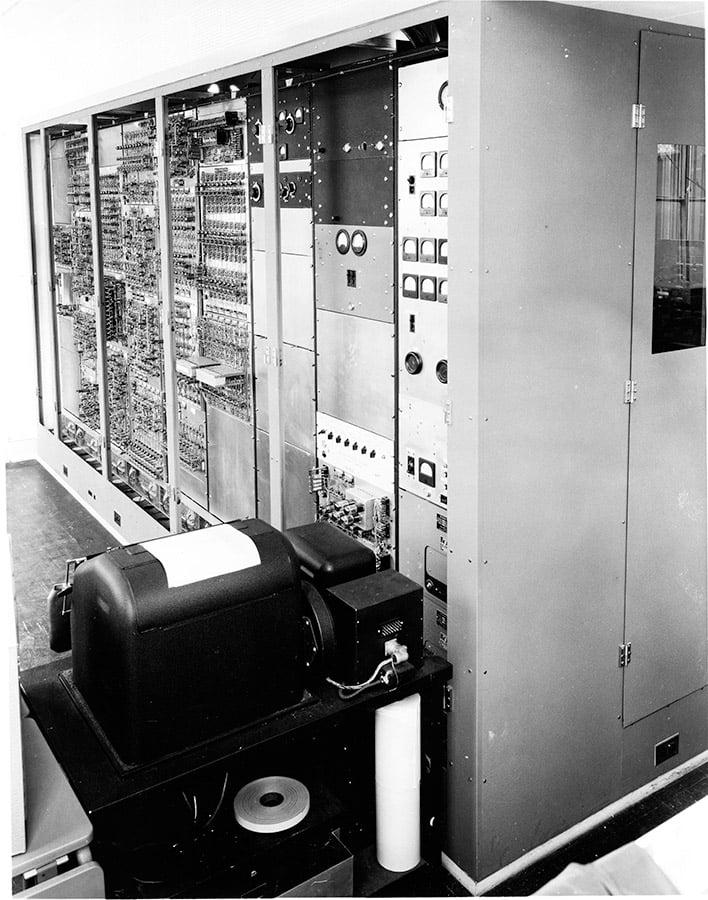
Artist research – ( Henry Mullins ) –
Henry Mullins was a notable photographer in the mid-19th century who worked in Jersey, one of the Channel Islands. He is particularly recognized for his use of the daguerreotype process, one of the earliest forms of photography.
Mullins set up a daguerreotype studio in Jersey around the 1840s, where he captured portraits and landscapes. His work contributed to the popularization of photography on the islands and reflected the artistic and technological trends of his time.
The daguerreotype process, known for its sharp detail and clarity, allowed Mullins to create high-quality images that were highly sought after. His contributions are part of the broader history of photography, showcasing how the medium evolved and became integrated into everyday life. Below we can see an image taken by him.
